Climate Justice Is Racial Justice
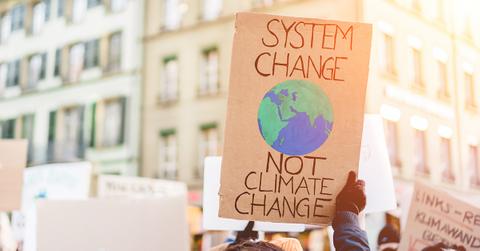
The fight for making the planet a better place must begin with the fight to make it livable for all the people who inhabit it. The planet is one thing that all humans share — regardless of their race, nationality, gender, sexual orientation, or age — and the battle to protect our planet, and stop the climate crisis, is, on the surface, something that unites us all.
But the reality is that the effects of the climate crisis don’t impact everyone equally, which is why we need to be intersectional in the way we approach climate change — knowing well that the issue of climate change is a racial issue, too.
This is the mission of intersectional environmentalism, which has gained traction as people in the United States and all over the world have come together as part of the Black Lives Matter movement in the wake of the police killings of George Floyd, Breonna Taylor, Tony McDade, Elijah McClain, and many, many more.
What is intersectional environmentalism?
Leah Thomas — known on the Internet as @GreenGirlLeah — recently launched a platform called Intersectional Environmentalist, which calls for any work done on the environmental front to be anti-racist and inclusive. In her own words, Thomas — who is credited with popularizing the term — defined intersectional environmentalism as “the type of environmentalism where both people and the planet are considered, so both social and environmental justice are considered, and [they’re] talked about in the same conversation. Because, in my opinion, those things are so interconnected.”
Intersectional environmentalism addresses environmental racism.
Since the early days of the movement in the 1970s and 1980s, Robert Bullard has been one of the most vocal supporters of, and pioneers in, the environmental racism space, and in 1999, he defined the environmental justice movement as such: “The environmental justice movement has basically redefined what environmentalism is all about. It basically says that the environment is everything: where we live, work, play, go to school, as well as the physical and natural world. And so we can’t separate the physical environment from the cultural environment. We have to talk about making sure that justice is integrated throughout all of the stuff that we do. What the environmental justice movement is about is trying to address all the inequities that result from human settlement, industrial facility siting, and industrial development. What we’ve tried to do over the last 20 years is educate and assist groups in organizing and mobilizing, empowering themselves to take charge of their lives, their community, and their surroundings. It’s more of a concept of trying to address power imbalances, lack of political enfranchisement, and to redirect resources so that we can create some healthy, livable, and sustainable types of models.”
Race is the top indicator for where toxic facilities are located.
The reason it’s important to empower these minority communities is because it’s known, and proven, that the climate crisis has had a larger impact on communities of color, and other marginalized groups. As the NAACP’s Environmental and Climate Justice Program explains, “Toxic facilities, like coal-fired power plants and incinerators, emit mercury, arsenic, lead, and other contaminants into the water, food, and lungs of communities. Many of these same facilities also emit carbon dioxide and methane — the No. 1 and No. 2 drivers of climate change. At the same time, not all are equally impacted. For example, race — even more than class — is the No. 1 indicator for the placement of toxic facilities in this country. And communities of color and low income communities are often hit the hardest by climate change.”
Dr. Beverly Wright, CEO of the Deep South Center for Environmental Justice at Dillard University, has found that Black people are, quite literally, on the frontlines of the climate crisis in the United States — thanks to racist institutions like residential segregation, which affects educational opportunities and, ultimately, perpetuates the wealth gap in this country.
“[Communities of color] are in double jeopardy,” she said. “First, if you’re a person of color, particularly Black or Latino, you’re more likely to live near toxic facilities, like petrochemical companies here in Louisiana, producing toxins that shorten and impact quality of life. And then, [our communities] are on the front lines of impacts from climate change, living in places where there could be more floods and a higher incidence of different [climate-related] diseases. For poor communities, there’s also not having access to health insurance or medical services. Communities of color are disproportionately affected by all of these things.”
Natural problems also plague Black communities disproportionately.
While non-naturally occurring polluters — like toxic waste plants — are put in Black and Brown communities by someone or some organization, there are also natural climate-related risks that disproportionately impact those communities as well.
As Dr. Wright pointed out, when Hurricane Katrina pummeled down on New Orleans, it was the Black communities that felt the impact of the storm; not only was the government spending that went into the flood and levee preparation unequal, but the recovery effort — when compared by race — was also skewed to help white residents (a problem that has been repeated in subsequent post-Katrina FEMA efforts and hurricane aid).
Flint, Mich. — which, in the 2010 census, had a population that was 56.6 percent African American (and around 35.6 percent non-Hispanic white people) — hasn’t had clean drinking water since 2014. The issue of Flint’s drinking water was, initially, a financial decision; the city was on the brink of financial collapse when leaders changed the drinking water source to the Flint River — which was known for its murky waters, and, originally, tested and proven to be safe to drink. However, the problem of the lead-contaminated water quickly became a racial, political issue, as it reflected the larger problem of how these “solutions” can hurt populations that don’t have the resources to fight back.
As Paul Mohai, a professor at the University of Michigan’s School for Environment Sustainability, who has dedicated decades of his career to studying environmental justice, explained to an article published in the Michigan Sociological Review (per Science X), “[These places where communities of color are located] are also places where residents are not given meaningful say in the decisions that affect their communities and quality of life, where their concerns about pollution and the health impacts are minimized, discounted, dismissed, and where residents are treated disrespectfully and show they have little influence or clout… [Flint] has made environmental justice a part of the American consciousness.”
Climate issues for Black Americans may begin in utero.
For many Black Americans, the impact of the racial inequalities perpetuated by the changing world begin before they’re even born. In a scientific review published earlier this year, 68 studies conducted between January 2007 and April 2019 were analyzed and found that there was a significant correlation between two major elements of the climate crisis — air pollutants and heat exposure — and the case of premature labor, underweight babies and even, tragically, stillborns. These instants were even higher for women with asthma and Black women (as well as other minorities, but to a lesser extent).
As California’s Office of Environmental Health Hazard Assessment’s Rupa Basu, one of the review’s co-authors, added, “We already know that these pregnancy outcomes are worse for Black women. It’s even more exacerbated by these exposures.”
Environmental racism is supposed to be policed by the EPA.
In accordance of Title VI of The Civil Rights Act — which states that it is illegal to discriminate on the activities receiving federal financial support — the United States Environmental Protection Agency (the EPA) defines environmental justice as “a civil right, fair treatment, and meaningful involvement of all people regardless of race, color, national origin, or income in respect to the development, implementation, and enforcement of environmental laws, regulations, and policies.”
Despite this, the EPA has repeatedly faced complaints that its policies aren’t compliant with Title XI, and has found and reported that “racial minorities and low-income communities are disproportionately affected by the siting of waste disposals,” which — by the 2016 EPA’s own admission — is likely perpetuated due to those groups’ lack of “political and financial clout to properly bargain with polluters.”
Under the Obama administration, the EPA underwent a vigorous examination to see if Title XI was being enforced within the EPA, and found that it was not compliant to the best of its ability, and Title XI could be used to regulate and create accountability within the EPA.
Though the EPA under the Trump administration has an “Environmental Justice 2020 Action Agenda,” the racial disparities in environmental protection have only worsened with Trump’s anti-environment policy rollbacks. The president’s decisions to roll back regulations on coal ash, remove protections for drinking water, and abandon the clean power plan — to name a few — will impact Americans of color more than their white peers.
Trump also rolled back NEPA — the National Environmental Policy Act — which was one of the rare ways that the community was able to advocate for themselves when it came to environmental policy, regardless of economic, racial, or social group.
Additionally, Trump has reallocated funds that could’ve helped those most vulnerable to environmental disasters; late last year, Trump diverted funds that would’ve been allocated to FEMA (Federal Emergency Management Agency) — which can provide disaster relief in the wake of environmental catastrophes like tropical storms and floods, known to disproportionately impact Black communities — to Immigration and Customs Enforcement (ICE) which often violates constitutional rights when raiding people’s homes, and detaining and deporting them, many times separating children from their parents in the process.
Though Trump’s bad record with civil rights violations, the history of Title VI complaints about the EPA predates Trump taking office in 2016. In 1999, several young defendants — between the ages of six and 14 — filed a complaint against the EPA, stating that children in California (particularly children of color, namely Latinx children) were exposed to methyl bromide at their schools. Their filing explained, “School children of color in California suffer a much greater risk of exposure to deadly agricultural chemical methyl bromide — a pesticide known to cause respiratory, kidney, and neurological damages with extended exposure — than their white counterparts. Schools which have over 35,000 pounds of methyl bromide applied annually within a 1.5 mile radius have a student population that averages 82 percent students of color… In California, the amount of methyl bromide applied within a 1.5 mile radius of a school is positively correlated with the school’s non-white population: The more methyl bromide applied in proximity to a school, the more likely that the school will have a greater non-white student population.”
Unfortunately, as more Title VI complaints against the EPA are filed, we’re repeatedly reminded, in the words of Environmental Justice Activists repeatedly remind us that “justice delayed is justice denied.”
As with so many industries, representation continues to be a problem with the organizations doing environmental work.
One of the reasons that environmental racism continues to persist at a structural level is because of a lack of representation of Black people in environmental organizations. Research has found that white people are overwhelmingly leading various environmental causes — whether they are non-profits, educational institutes, or even publications like Green Matters — even though, in the United States, not only are Black, Indigenous people of color largely affected by environmental problems in our country, but many minorities also experience climate-related issues unique to their situation.
Last year, Green 2.0 — previously known as the Green Diversity Initiative — released its findings, unveiling that the environmental movement “is getting more white.” For their study, they examined the top 40 NGOs and top 40 foundations working in the realm of environmentalism, and found that they were not only mostly white, but they had actually had more white representation — despite the organization’s dedication to diversifying the field.
Part of this comes down to what we picture when we picture “an environmentalist.” In late 2018, the Proceedings of the National Academy of Sciences of the United States of America published a study that revealed that many Americans pictured and stereotyped an “environmentalist” as an educated, wealthy white person — even though many groups of color and marginalized groups consistently show higher levels of concern for our planet than white counterparts.
This causes a plethora of issues, including the fact that marginalized groups continue to stay on the sidelines — even when it comes to situations that directly and uniquely impact that group. In an interview with The Guardian, Bernadette Demientieff — a representative for the Indigenous Gwich’in nation, explained how she struggles to get an audience (of people who have the power to make a difference) to listen to the problems that plague her community because they aren’t part of an organization that has the reach other white-led groups and movements do.
“I’m not an activist. I’m not an environmentalist. I don’t like to be branded because I care about our land and our animals,” she explained. “I feel that all of our voices are important, but it’s just, it’s personal for us. There’s just a lot at stake and it’s hard to explain to somebody that lives in New York or somebody that lives in DC.”
There are some solutions to environmental racism.
Unfortunately, as a complex issue, the problem of environmental racism requires extremely complex solutions to fix the systemic problems that are so commonplace. One of the most important ways to address environmental issues is to address the people who are in office. At every level, it is important to elect officials who are not only aware of the inequities that exist related to our country’s environment, but are also taking significant steps to improve the infrastructure and the lives of our citizens.
On a smaller scale, another way to address the inequality that exists in terms of racial representation. One such group, the Solutions Project, announced that they will use their philanthropic fund to give grants to groups run by women and minorities.
We Act — a nonprofit organization that looks to empower low-income, minority communities in hopes of building an equitable society for all — offers a guideline for eight ways environmental-focused organizations can support a movement for environmental justice. Their guidelines suggest the following:
- "Provide technical assistance when needed;
- Create spaces for resource sharing and networking;
- Critically evaluate who benefits from your organization’s actions;
- Solicit guidance, input, and feedback from frontline communities and [environmental justice] advocates;
- Make meaningful diversification and anti-oppression part of the work;
- Work to create a more just distribution;
- Use your established platforms to support frontline communities;
- Incorporate [environmental justice] into your organization."
As an individual, there isn’t as much that can be done when it comes to systemic environmental racism — as the problem exists because it is on such a large scale. However, one of the most important things you can do is take the Intersectional Environmentalist’s pledge, and make sure that your work for equality includes the fight for the planet.
Latest Climate Justice Is Racial Justice News and Updates
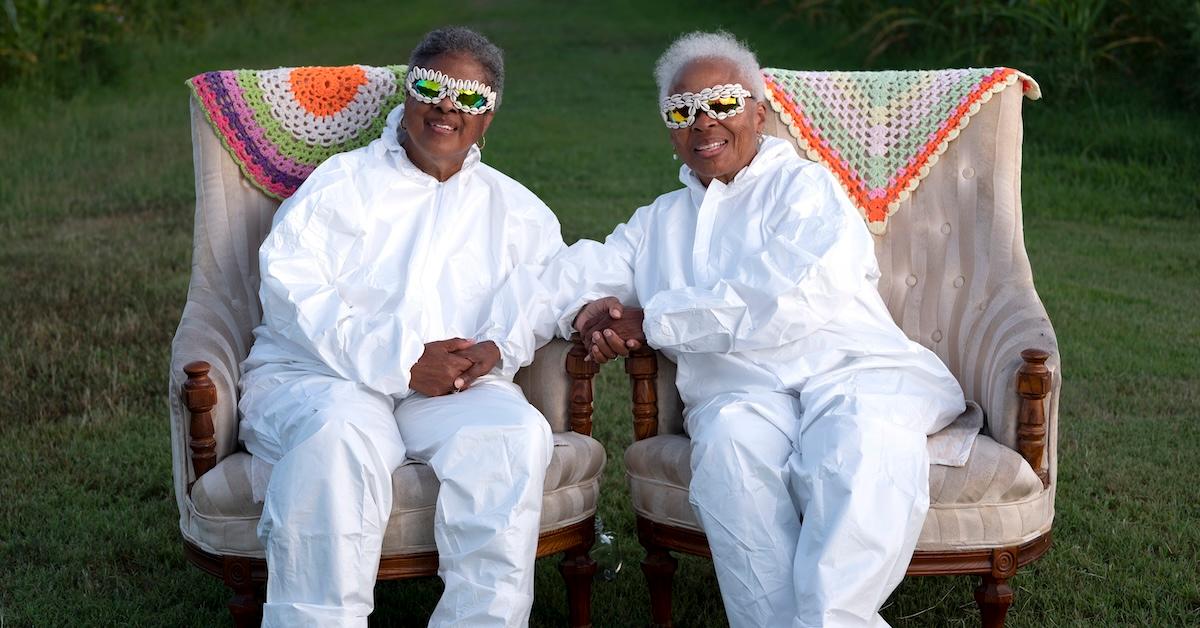
Meet the Black Women Elders Farming on Harriet Tubman's Ancestral Lands (Exclusive)
The short documentary 'The Aunties,' being rereleased for Black History Month, tells the story of two Black farmers reclaiming Harriet Tubman's ancestral lands.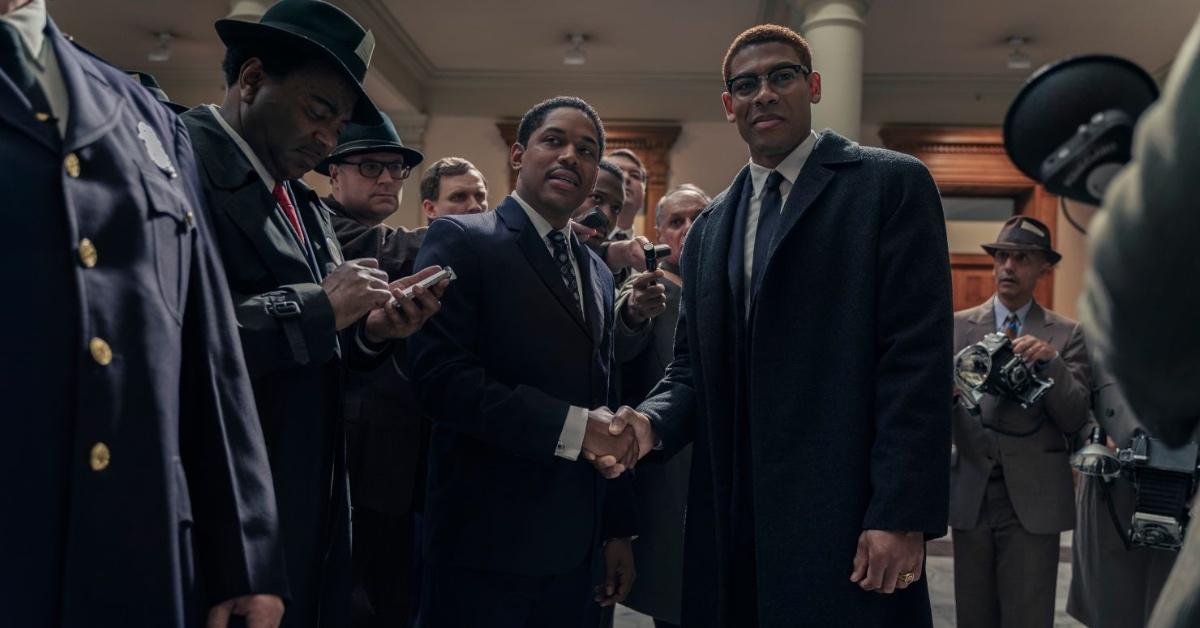
Black History Month: Films to Stream About Systemic Racism, Climate Justice, and More
In honor of Black History Month, check out these movies, documentaries, shows, and docuseries, that are all available for streaming.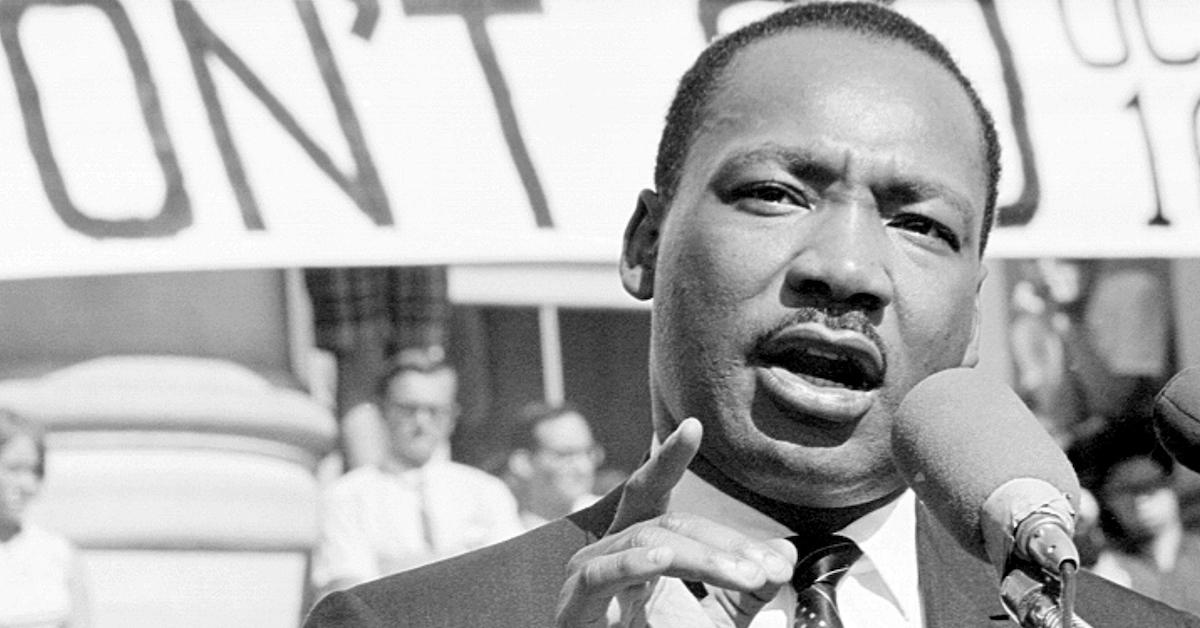
How Martin Luther King Jr. Laid the Groundwork for the Climate Justice Movement
Martin Luther King Jr. used his voice to advocate for environmental justice on multiple occasions. Here's a look at that side of his incredible activism.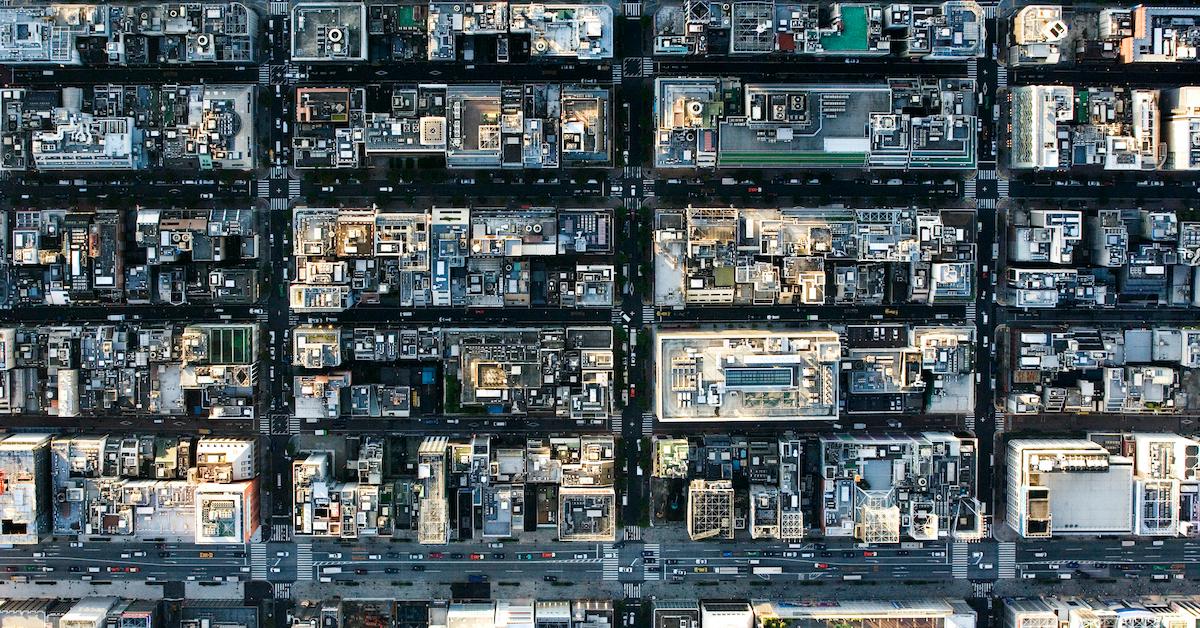
Climate Change-Induced Temperatures Turn up the Heat In "Urban Heat Islands"
What is an urban heat island? A 2021 study shows that the BIPOC community is disproportionately affected by heat waves hitting cities worldwide.
Black Environmental Activists to Follow This Juneteenth
In honor of Juneteenth, we’ve rounded up seven incredible Black environmental activists who we recommend following on Instagram.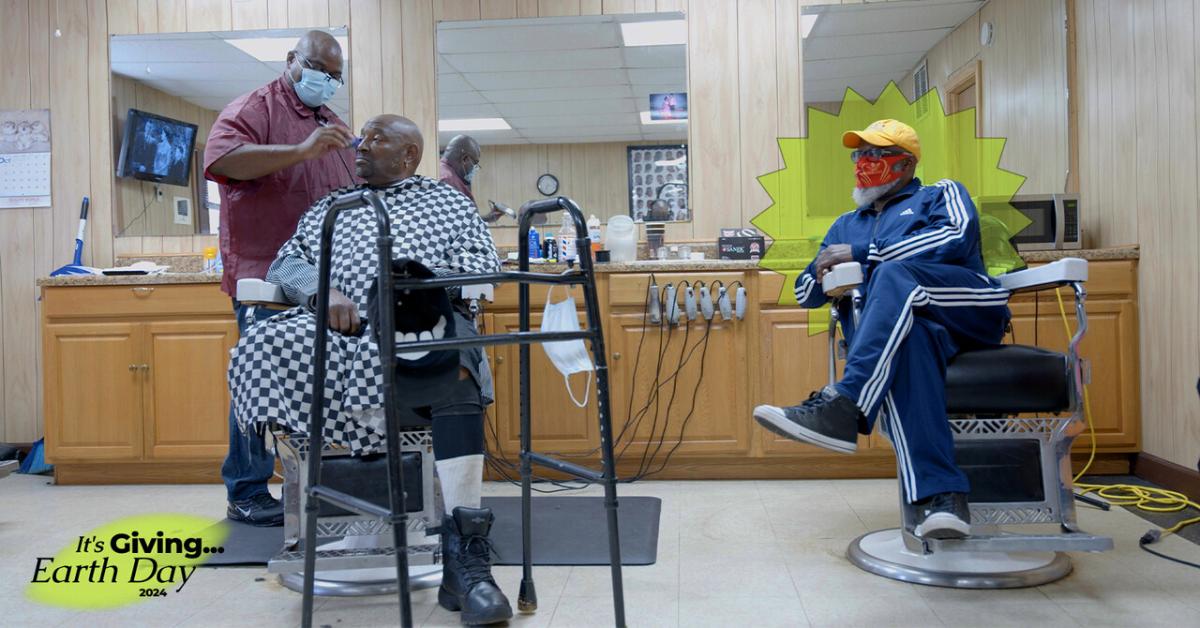
It's Giving... Climate Justice: Exploring Environmental Racism in the First Town Founded by the Formerly Enslaved (Exclusive)
In Resita Cox's doc 'Freedom Hill,' environmental racism in Princeville, N.C., is exposed. Green Matters spoke with the director about what she learned while filming.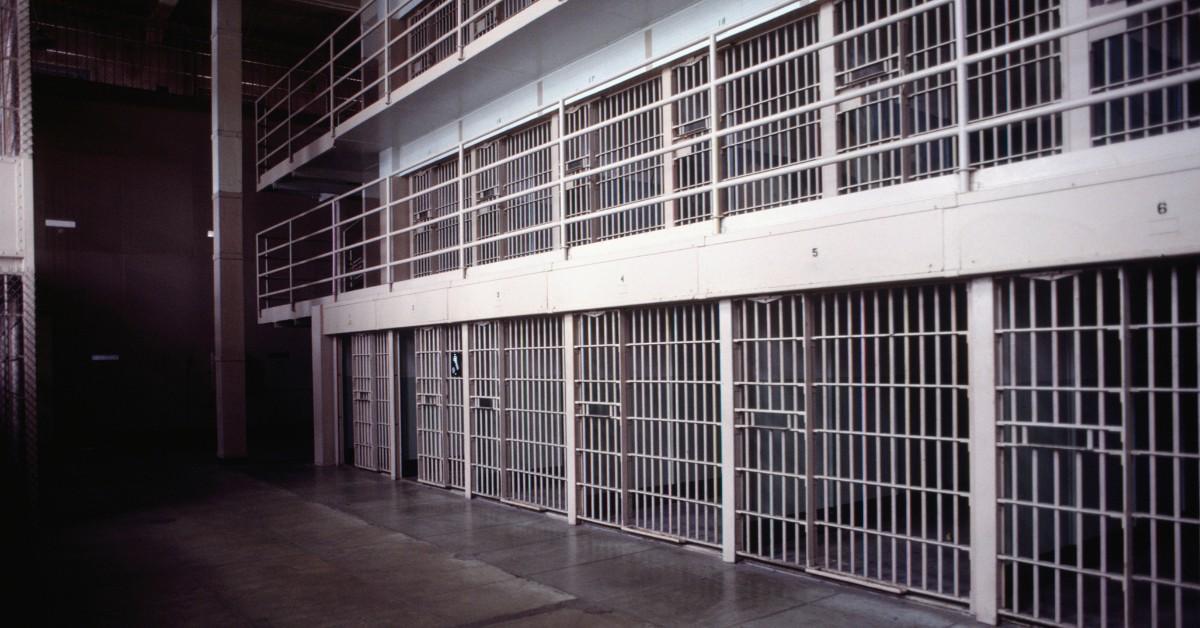
Study Finds Water Polluted With "Forever Chemicals" in Almost 50% of U.S. Prisons
An estimated 1 million incarcerated people are believed to have been exposed to levels of PFAS from water in prisons. These "forever chemicals" are known to cause lifelong health issues.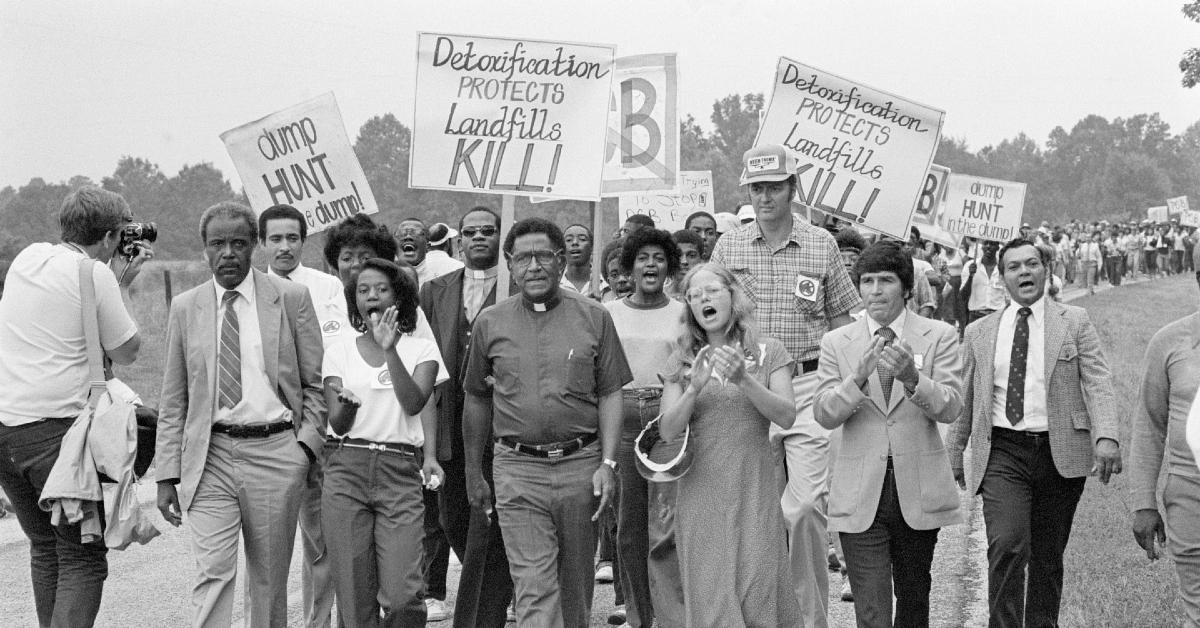
A Timeline of the Environmental Justice Movement, According to Dr. Robert Bullard (Exclusive)
The environmental justice movement is rooted deeply in Black history — here's a look at the movement's evolution over the past few decades.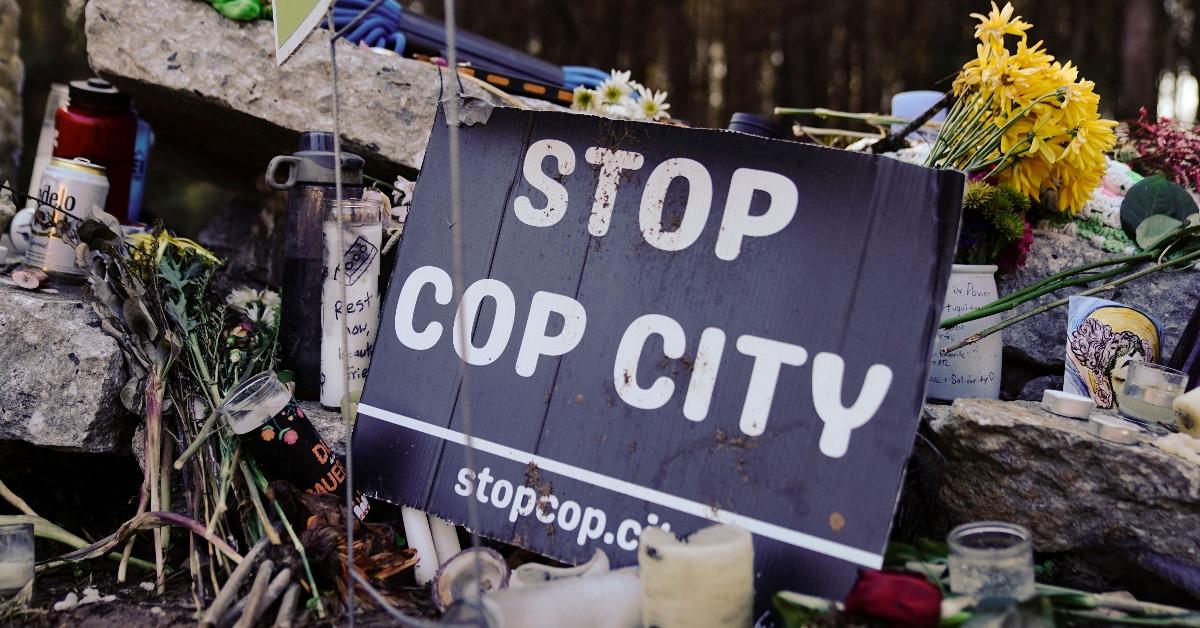
Activists Lock Themselves to Construction Equipment to Protest "Cop City" — Details Here
Activists in Atlanta, Ga., locked themselves to construction equipment to halt work and demand that a contractor end work on "Cop City."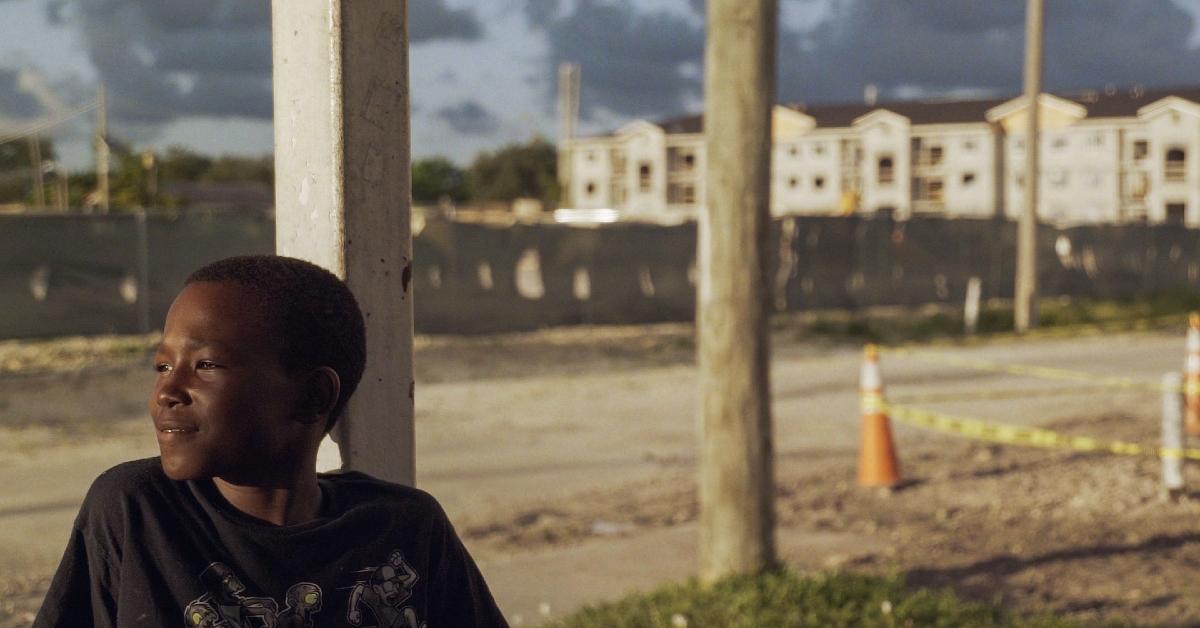
What Is Climate Gentrification? 'Razing Liberty Square' Doc Exposes This Issue in Miami (Exclusive)
In an exclusive e-interview with Green Matters, 'Razing Liberty Square' director-producer Katja Esson talks climate gentrification in Miami's Liberty Square neighborhood.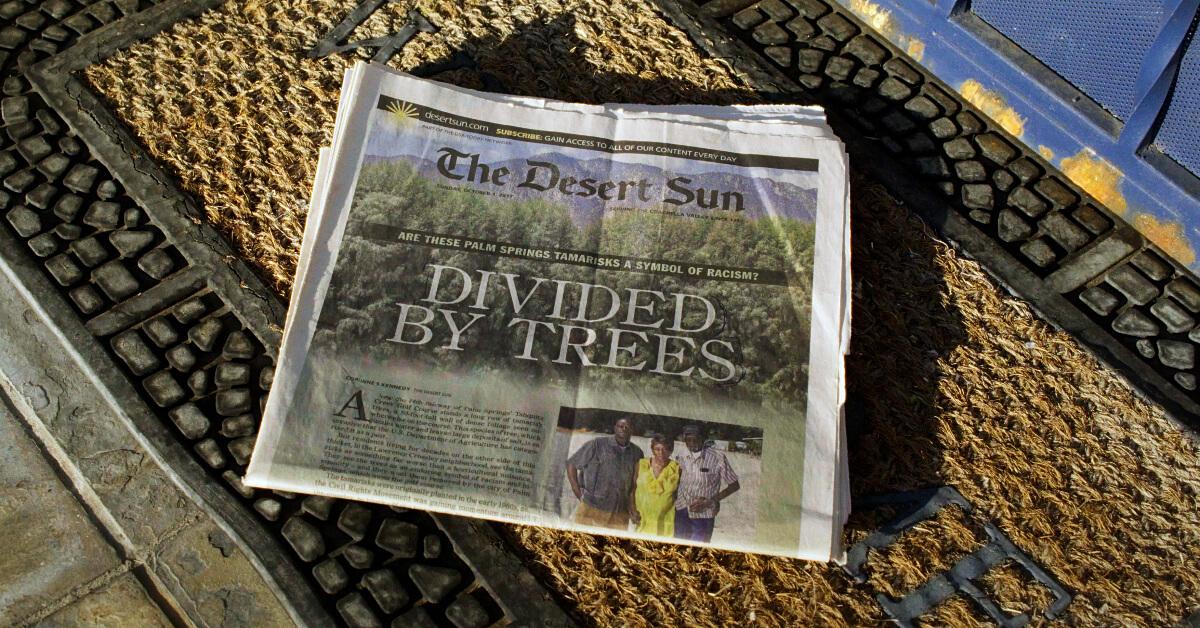
'Racist Trees' Doc Exposes How Tree-Planting Can Be Used As a Weapon of Environmental Racism (Exclusive)
In an exclusive e-interview with Green Matters, 'Racist Trees' co-directors Sara Newens and Mina T. Son dissected their necessary Palm Springs documentary.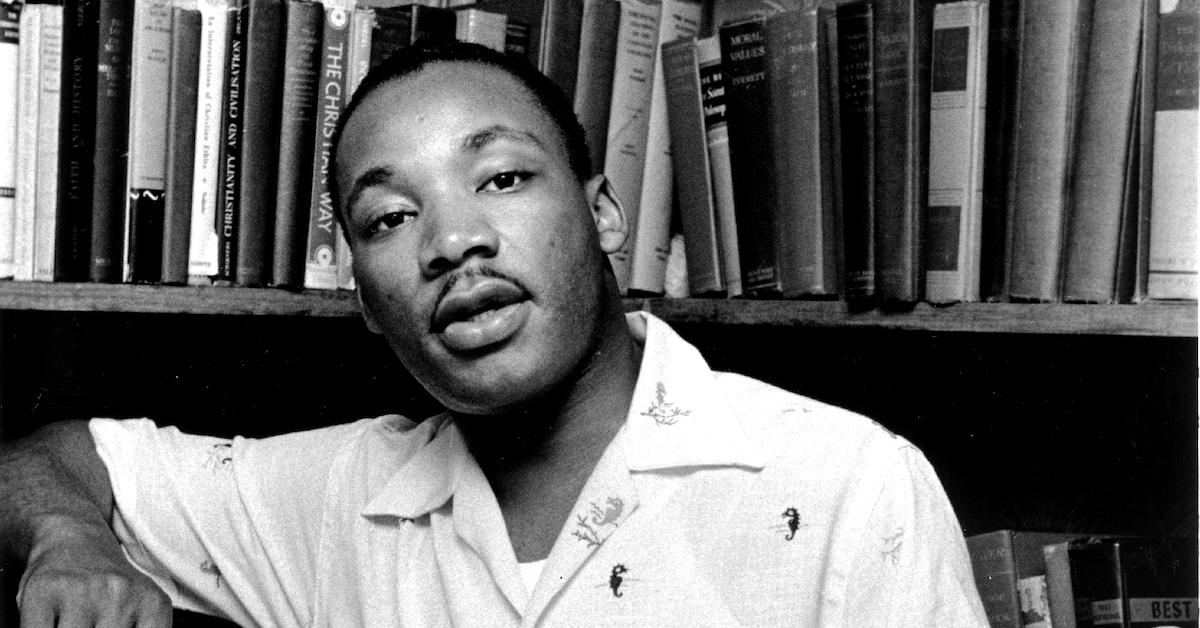
Facts You May Not Have Known About Martin Luther King Jr.
Martin Luther King Jr. lived an incredible life. Here are some interesting facts about the civil rights activist, worth reading on MLK Jr. Day — or any day of the year.
Latinx-Owned and Hispanic-Owned Sustainable Companies to Support During National Hispanic Heritage Month
National Hispanic Heritage Month is the perfect time to support small Latinx-owned and Hispanic-owned companies — especially ones with sustainable practices and products.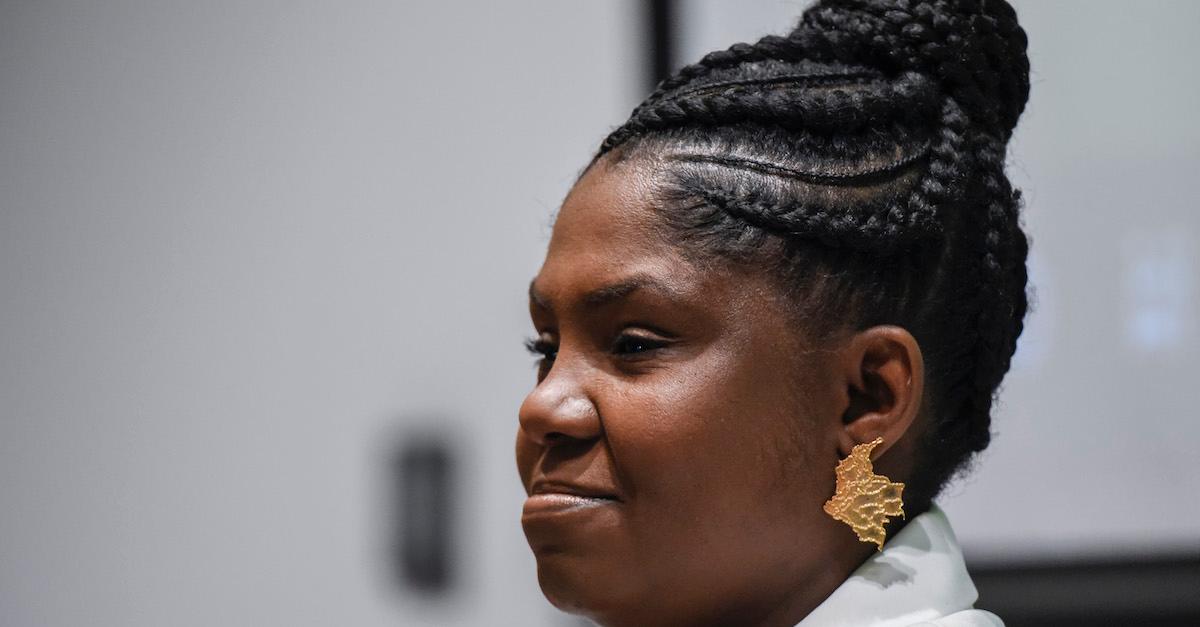
These Latinx and Hispanic Climate Leaders Are Championing Intersectional Activism
These Latinx and Hispanic activists in the climate movement all use their platforms to advocate for intersectional climate justice.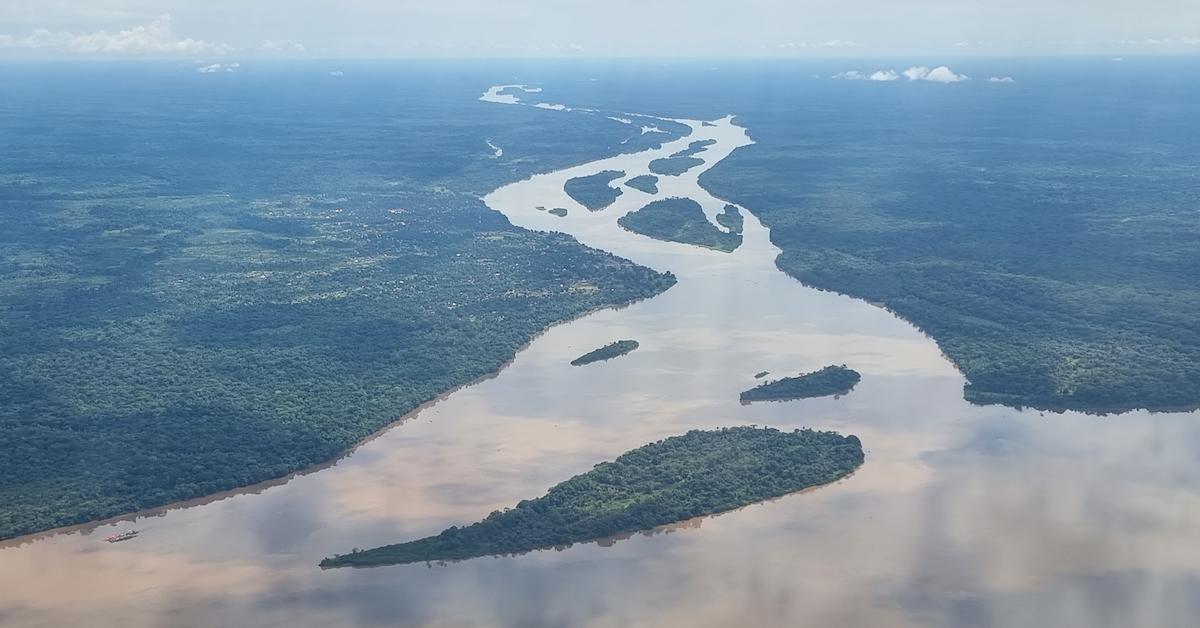
The Democratic Republic of the Congo’s Fatal Floods: What Caused Them, and How to Help
Over the last week, the Democratic Republic of the Congo has endured devastating floods, that have left hundreds dead.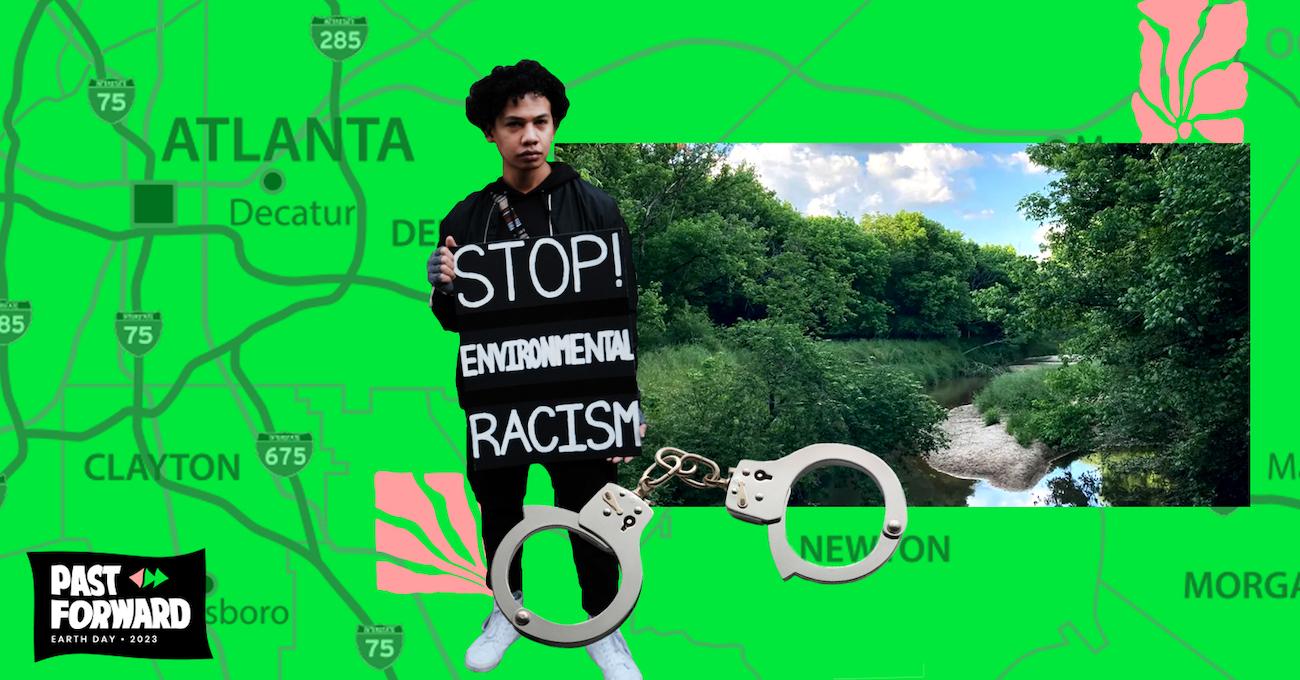
What Is “Cop City”? It Has Spawned a National Fight to Protect Southeast Atlanta's Forest
Nicknamed "Cop City" by opponents, the construction of the $90 million Atlanta Public Safety Training Center has sparked controversy and nationwide outcry.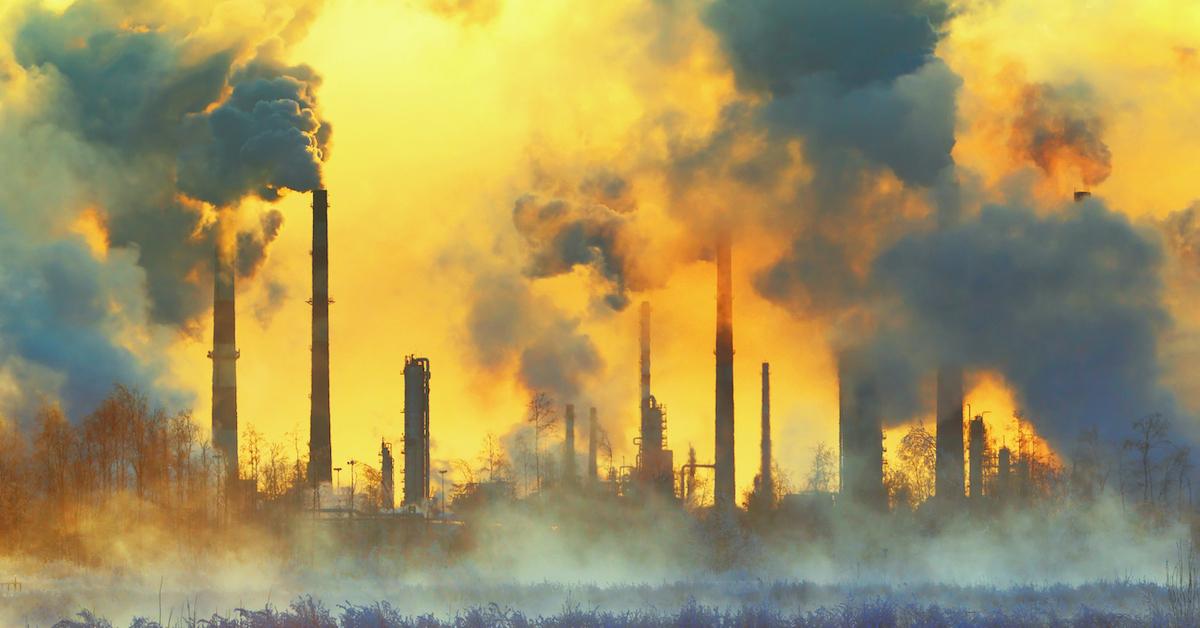
Cancer Alley Might Be Our Country's Most Toxic Symbol of Environmental Racism
Here's everything you need to know about Cancer Alley in Louisiana, and the federal lawsuit trying to take down one of its worst polluters.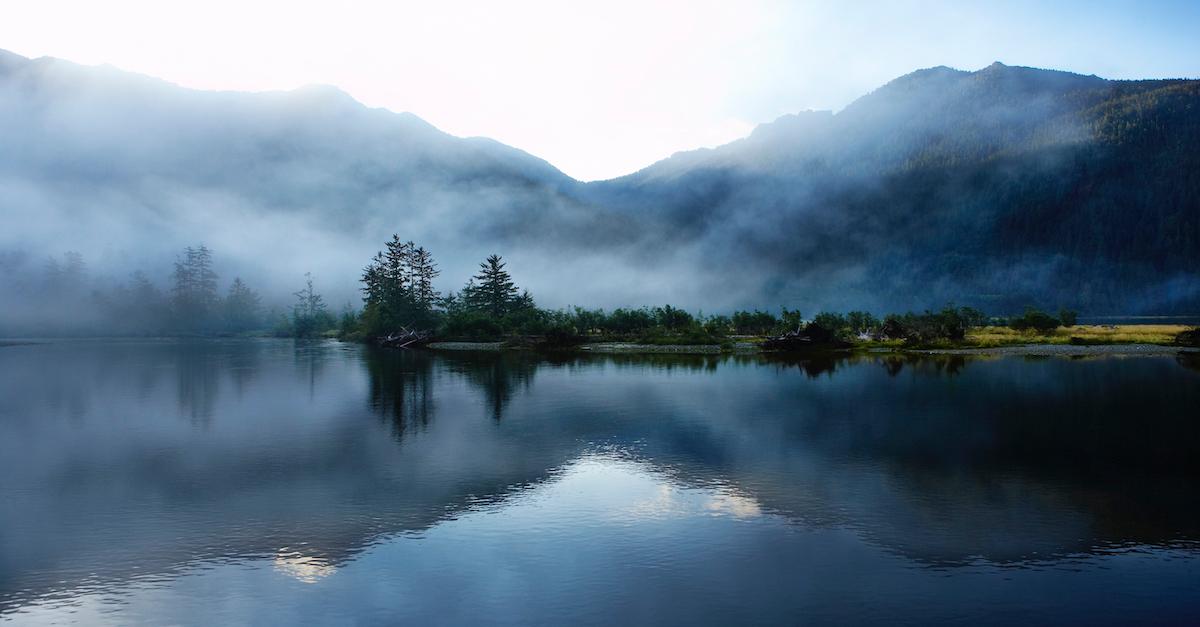
B.C. to Work More Closely With First Nations People on Land Restoration
To benefit residents of northeastern B.C. and Treaty 8 First Nations people, B.C. is making a Consensus Document for land planning and restoration.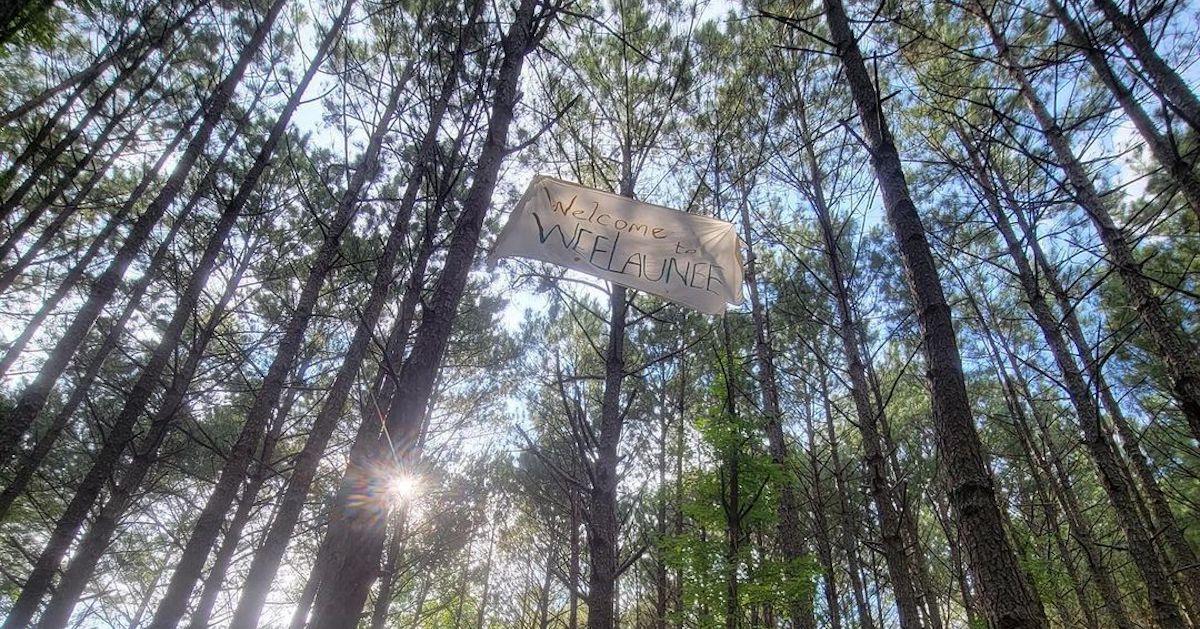
Police Fatally Shoot Atlanta Forest Defender During "Cop City" Protest — Everything to Know About This Movement
Atlanta forest defenders are protesting to defend Weelaunee Forest — here's everything you need to know.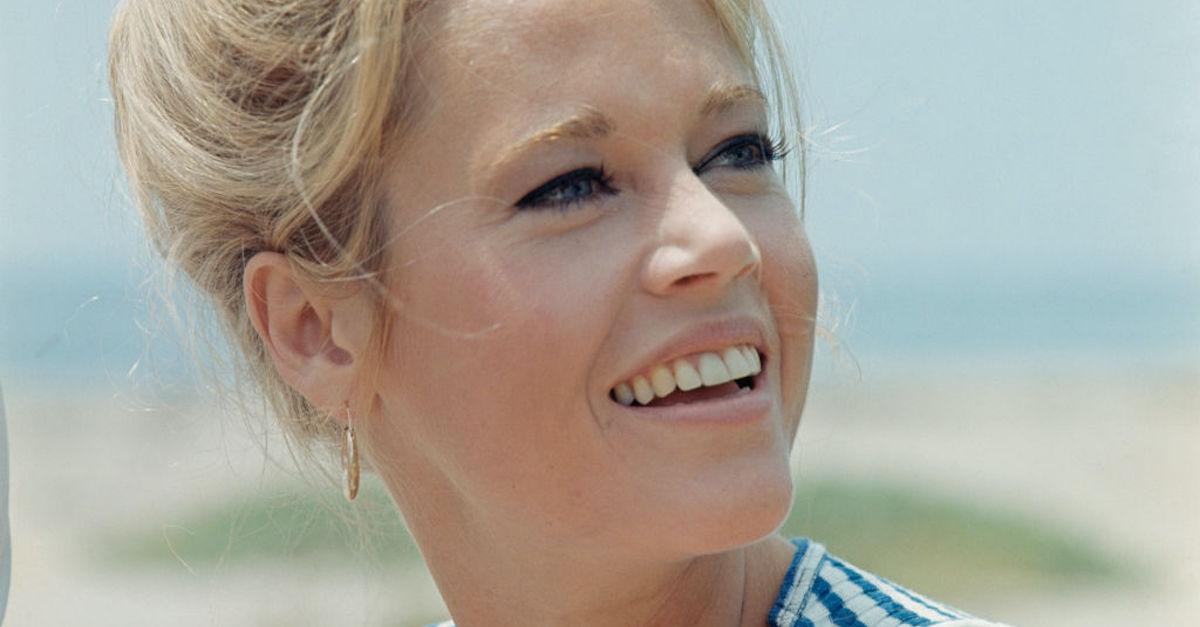
Jane Fonda's History of Social and Environmental Activism
In 2020, actress and activist Jane Fonda flew to Minnesota to oppose the Line 3 — take a look back at her history of environmental and social activism.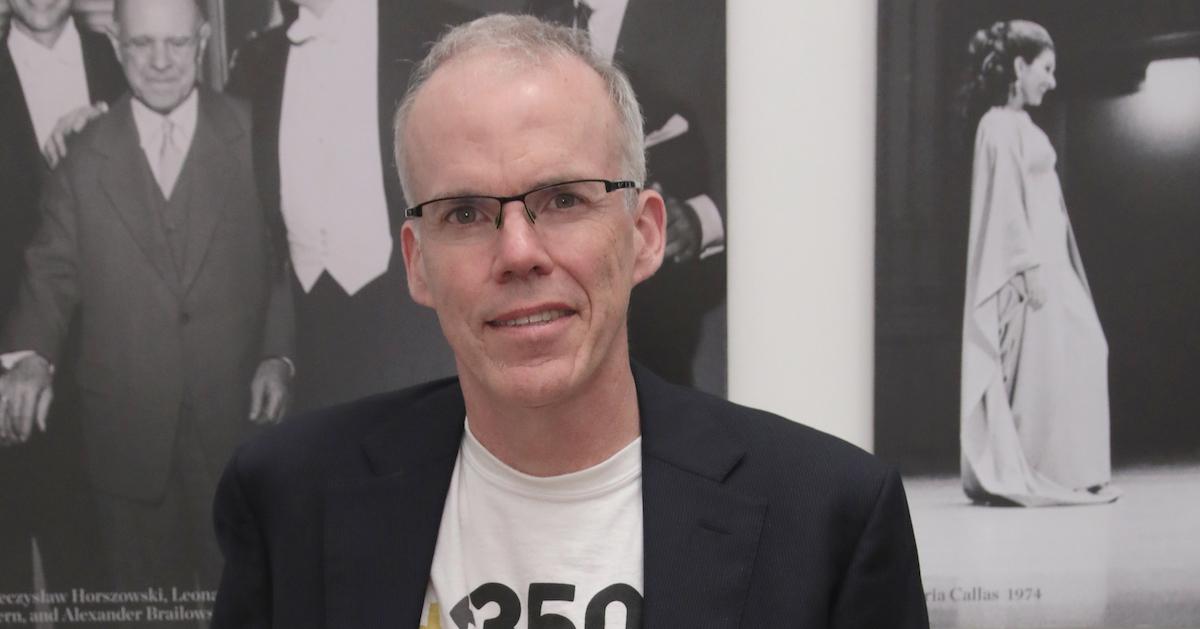
"Third Act" Rallies People 60 and Up to Take Climate Action
Bill McKibben founded Third Act to encourage people 60 and up to fight for climate and racial justice.
Millions of Americans Lack Access to Food — What Causes Food Insecurity?
The causes of food insecurity in America are complicated and interconnected. Low-income families and people of color are most likely to experience food insecurity.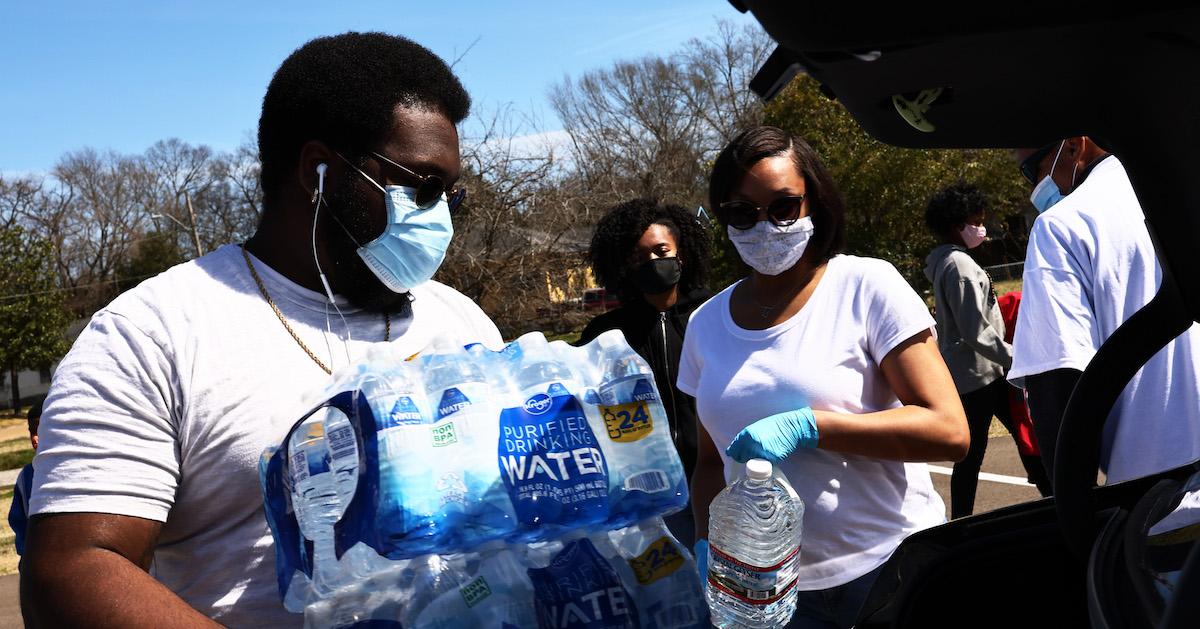
Is Jackson, Mississippi Water Safe to Drink? The City Is Facing Another Water Crisis
Jackson, MS is experiencing a water crisis, leaving many wondering if Jackson, MS water is safe to drink.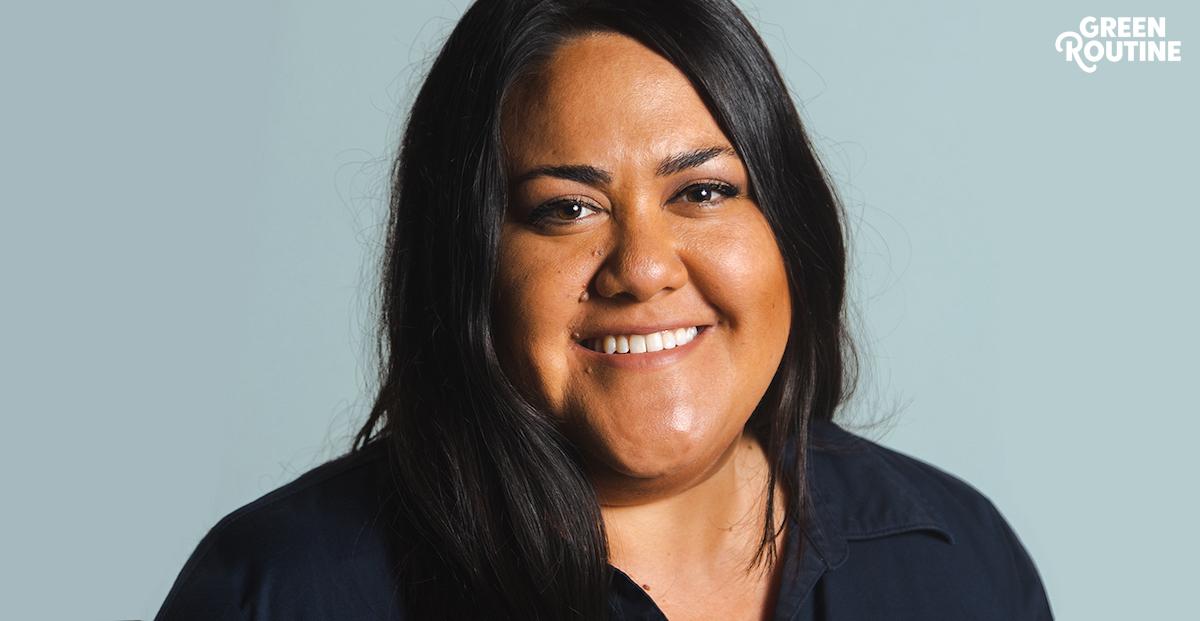
How This Queer WOC-Founded App Is Promoting Accessibility and Diversity in the Outdoors (Exclusive)
We recently caught up with Breanne Acio, founder and CEO of Sēkr, an app that promotes diversity and accessibility in the outdoors.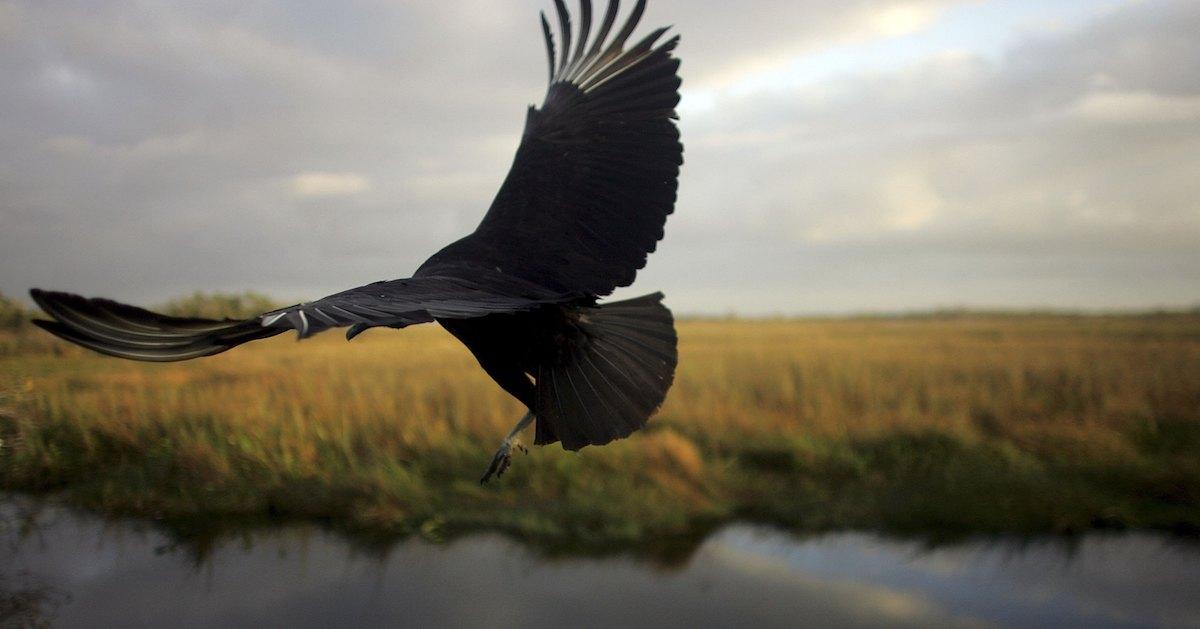
In Antiracist Effort, An Audubon Society Chapter Is Changing Its Name
An Audubon Society chapter is changing its name, in an effort to denounce its white supremacist namesake.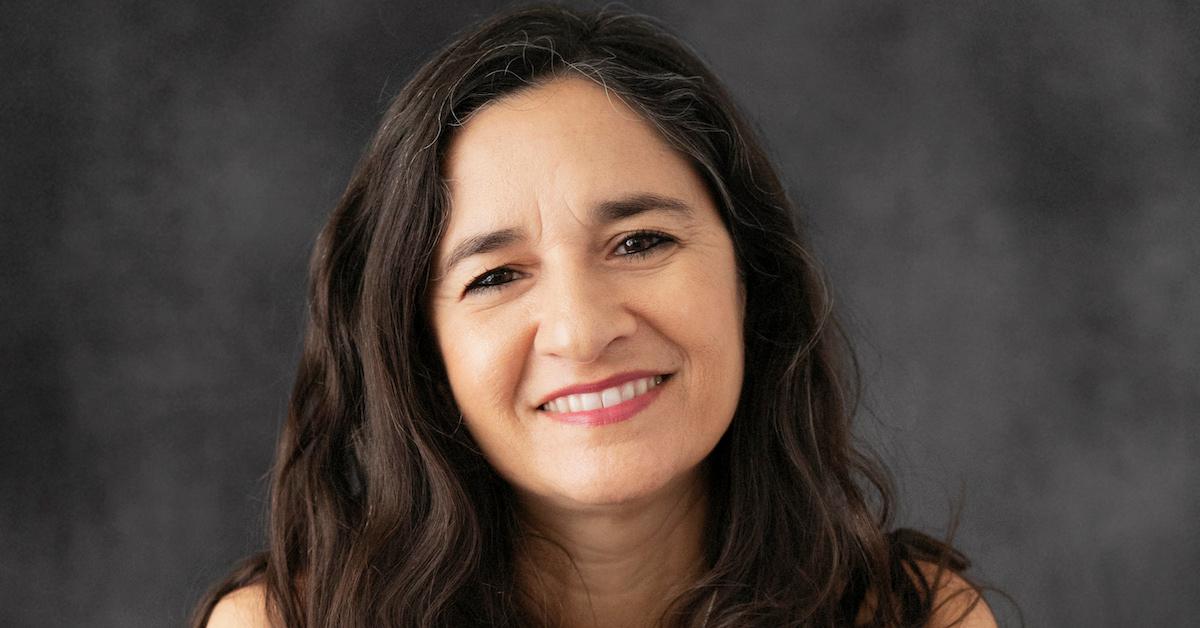
How lauren Ornelas and Food Empowerment Project Are Leading the Food Justice Movement (Exclusive)
lauren Ornelas has spent the last 15 years of her life as the founder and president of Food Empowerment Project, an organization leading the food justice movement.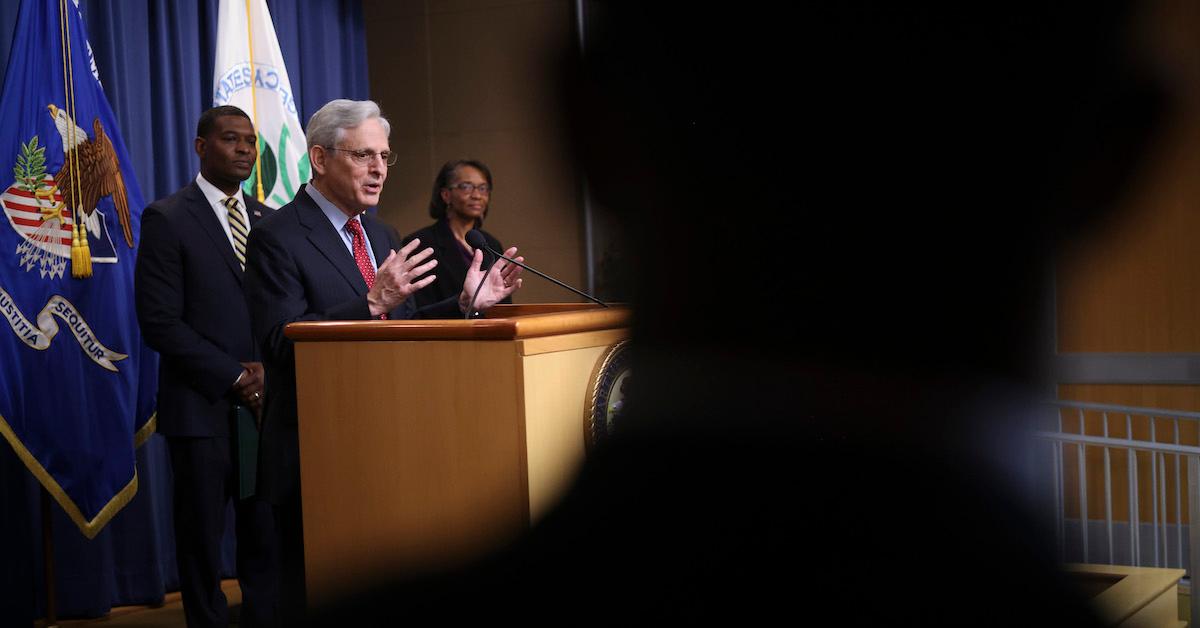
White House Unveils New Environmental Justice Office — but Will It Fight Environmental Racism?
An Office of Environmental Justice is the Justice Department's newest office, as unveiled this week by Attorney General Merrick Garland and EPA Administrator Michael S. Regan.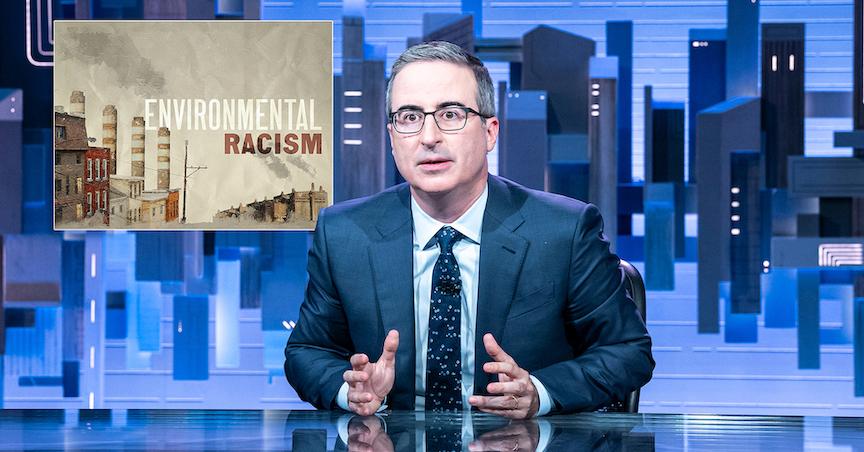
John Oliver Breaks Down Environmental Racism in the U.S. on ‘Last Week Tonight’
On the most recent episode of 'Last Week Tonight' John Oliver broke down environmental racism, educating millions of viewers on this issue plaguing the U.S.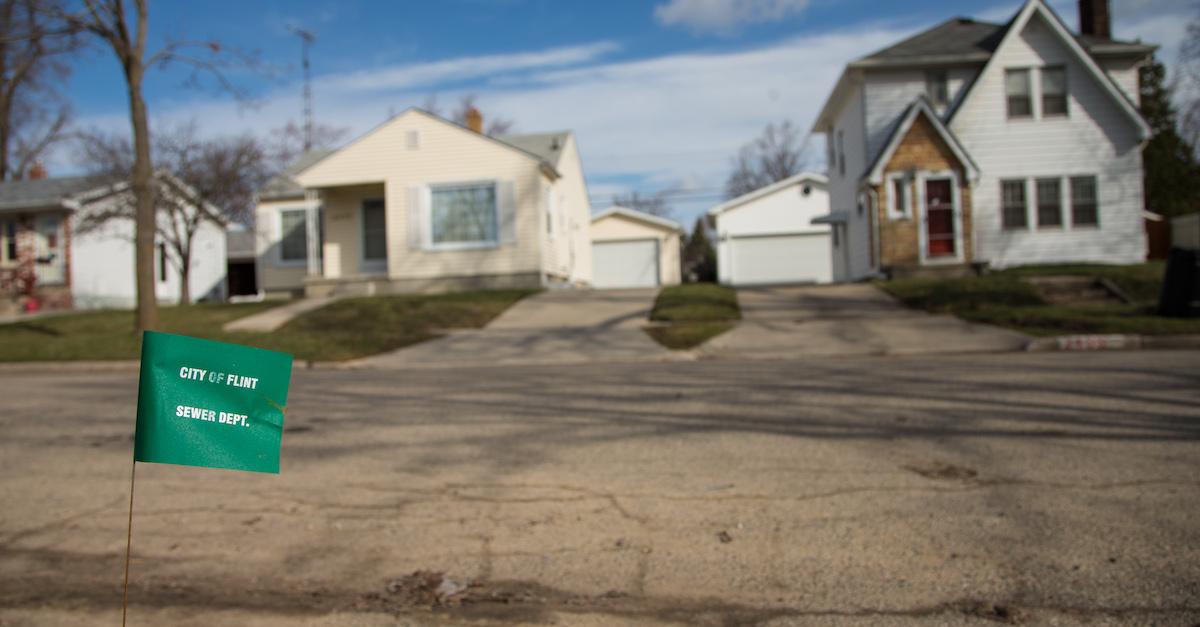
Environmental Redlining Is Why We Need Climate Justice and Intersectionality
Environmental redlining is a major issue that affects BIPOC communities across the U.S., making them more vulnerable to climate change.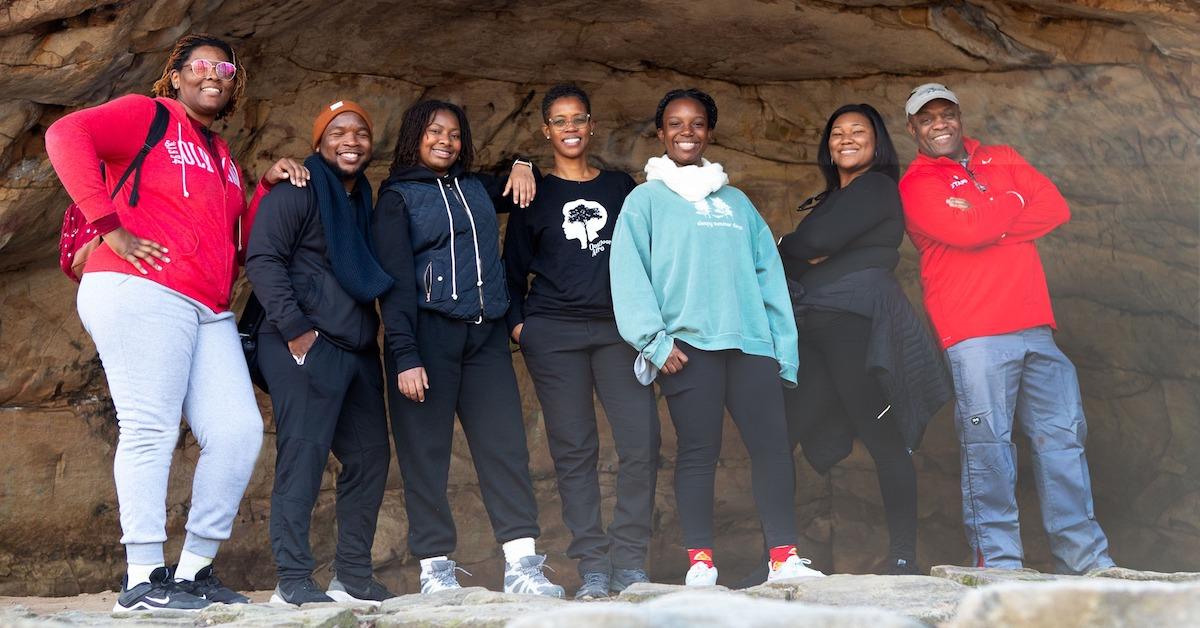
Outdoor Afro’s COO on Inspiring Black Joy in Nature, Celebrating the Planet, and More (Exclusive)
Outdoor Afro works “to create and inspire Black connections and leadership in nature,” as COO Joseph Mouzon tells Green Matters.
U.S. Government Will No Longer Consider Race In Fight for Environmental Justice
What is environmental racism, exactly? The U.S. government has just made a disappointing declaration in regards to fighting for environmental justice.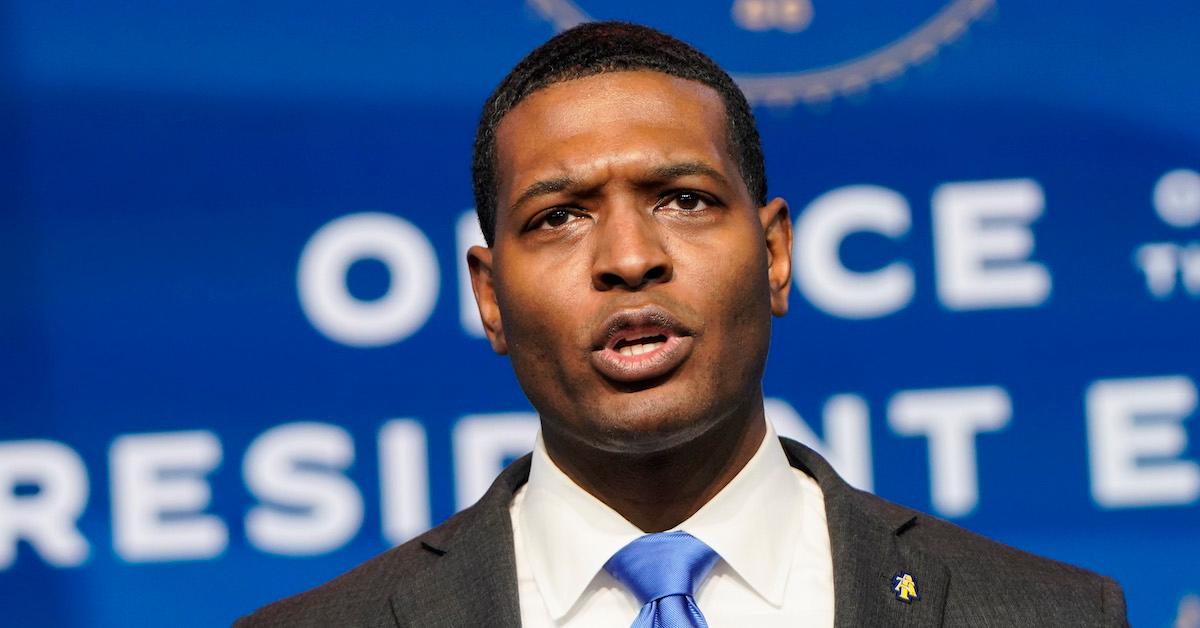
Michael Regan Is Leading the EPA "Through the Lens of Environmental Justice"
EPA Administrator Michael Regan recently appeared on 'The Daily Show,' where he spoke about his goals as EPA Administrator.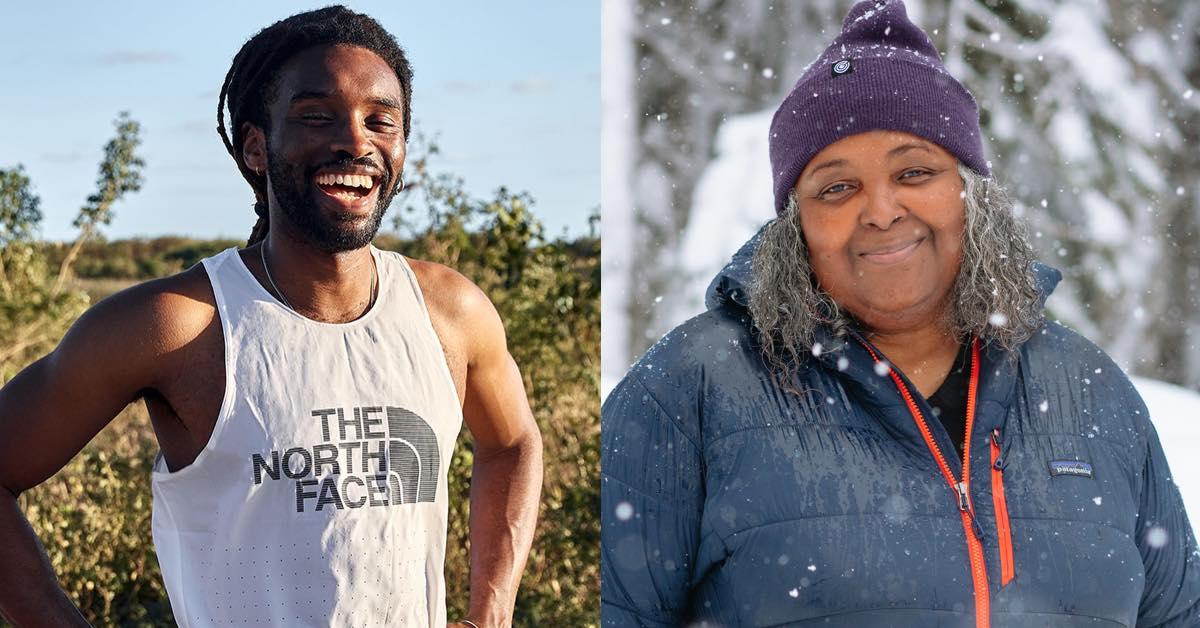
Follow These Black Outdoor Activists and the Organizations They Founded
We've rounded up a few incredible Black outdoor activists, all of whom have founded organizations working to increase diversity in the great outdoors, fight for climate justice, and protect planet Earth.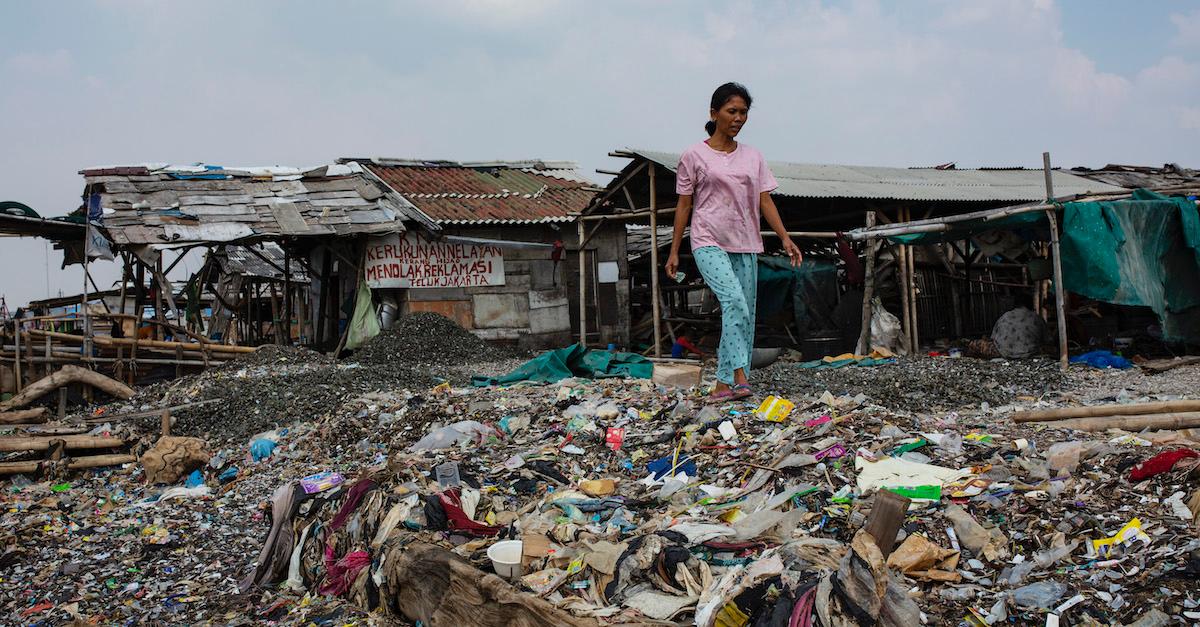
Jakarta Is Sinking — So Indonesia Is Moving Its Capital to a Different City
Why is Indonesia moving its capital? The southeast Asian country government is moving elsewhere, because the former capital city is sinking.
Rihanna’s Foundation Pledges $15 Million to Climate Justice Organizations
Rihanna’s foundation, the Clara Lionel Foundation, just made a $15 million donation that will help fight for climate justice.
How Climate Change Is Causing More Premature Births, Especially in Marginalized Communities
A special issue of new studies highlights how climate change is affecting the development and health of fetusus, babies, and children, and leading to higher preterm birth rates.
What Is Dietary Racism? Why a Publicity Stunt Called It Out at Starbucks
Here's a look into dietary racism, and the spoof calling out Starbucks’ allegedly racist milk prices.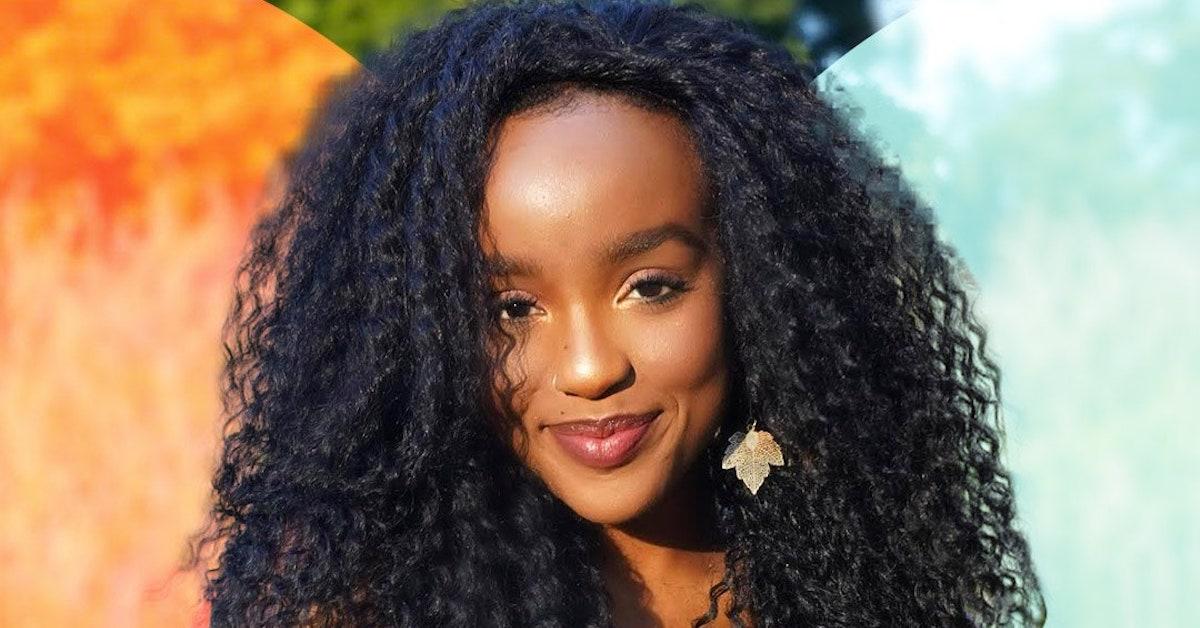
Why Community Is Key in Climate Justice Activism, According to Wawa Gatheru (Exclusive)
No matter how many odds are stacked against the environment, for climate activist and certified genius Wanjiku “Wawa” Gatheru, inaction will never be an option.
‘They're Trying To Kill Us’ Documentary Exposes Food Injustice in Communities of Color
'They're Trying To Kill Us' is a new documentary about food injustice, racism, and chronic disease in communities of color, and it features interviews with Ne-Yo, Billie Eilish, Chris Paul, and many more.
At COP26, UN Secretary Patricia Espinosa States "Success Is Possible"
Patricia Espinosa is speaking for our climate at COP26, but this isn’t the only time the Executive Secretary of the UN has fought against climate change.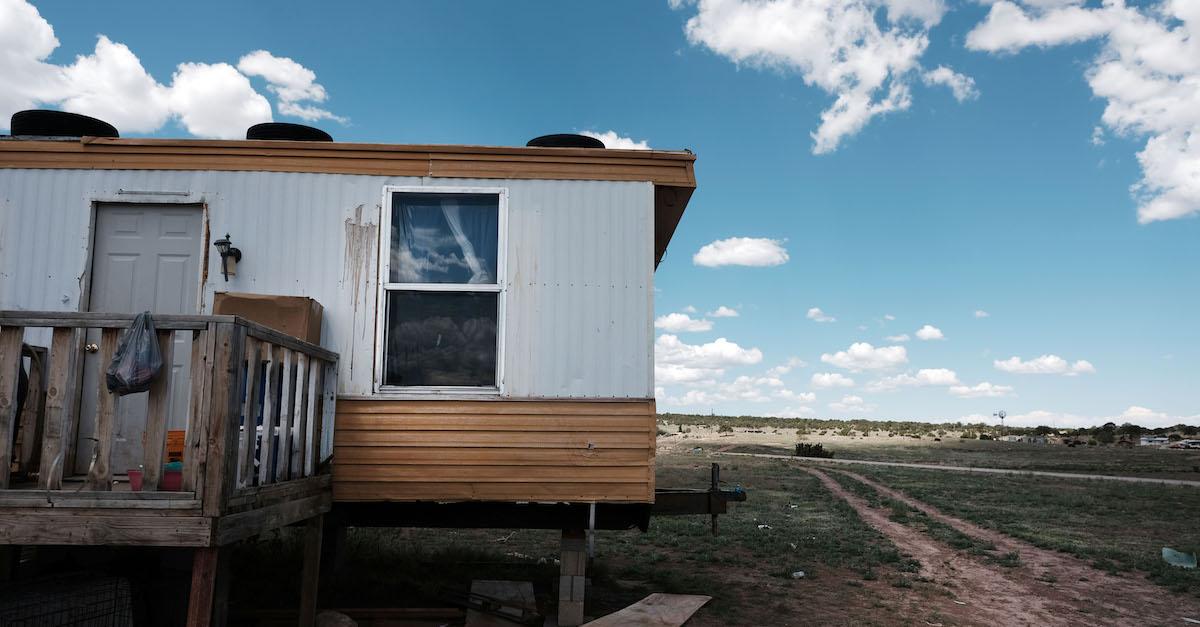
Indigenous Communities Have Been Forced to Relocate To Areas Heavily Impacted by Climate Change
Researchers at several universities published a study on how Indigenous communities were forced to relocate to areas impacted by climate change.
Madagascar’s Impending Famine: What Caused It, How to Help, and More
What caused Madagascar's impending famine? The East African country is unfortunately facing a food shortage that was triggered by climate change.
Three Years Into Water Crisis, Benton Harbor, Mich. Residents Told to Stop Drinking Tap Water
The Benton Harbor water crisis just keeps getting worse, and this week, city officials warned residents of the city not to use tap water, due to lead contamination.
7 Native American Activists to Follow to Stay Informed, Beyond Indigenous Peoples' Day
To stay informed beyond Indigenous Peoples' Day, which falls on Monday, Oct. 11, 2021, there are several Indigenous activists you should follow.
Daintree Rainforest Is One of Four World Heritage Sites Being Returned to Aboriginal Owners
In a recent historic deal, Australia's Daintree Rainforest is one of four world heritage sites that were returned to its original Indigenous owners.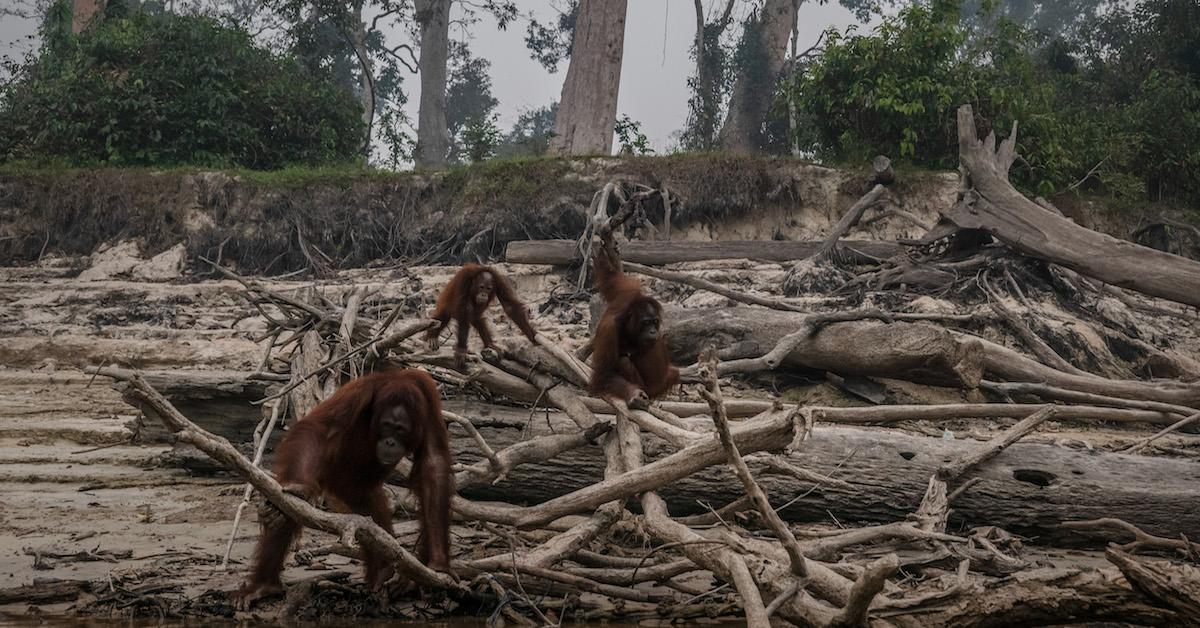
The Palm Oil Industry Is Causing Widespread Deforestation — but What Can Be Done?
Humanity’s need for palm oil is causing widespread deforestation in Southeast Asia, but what can be done?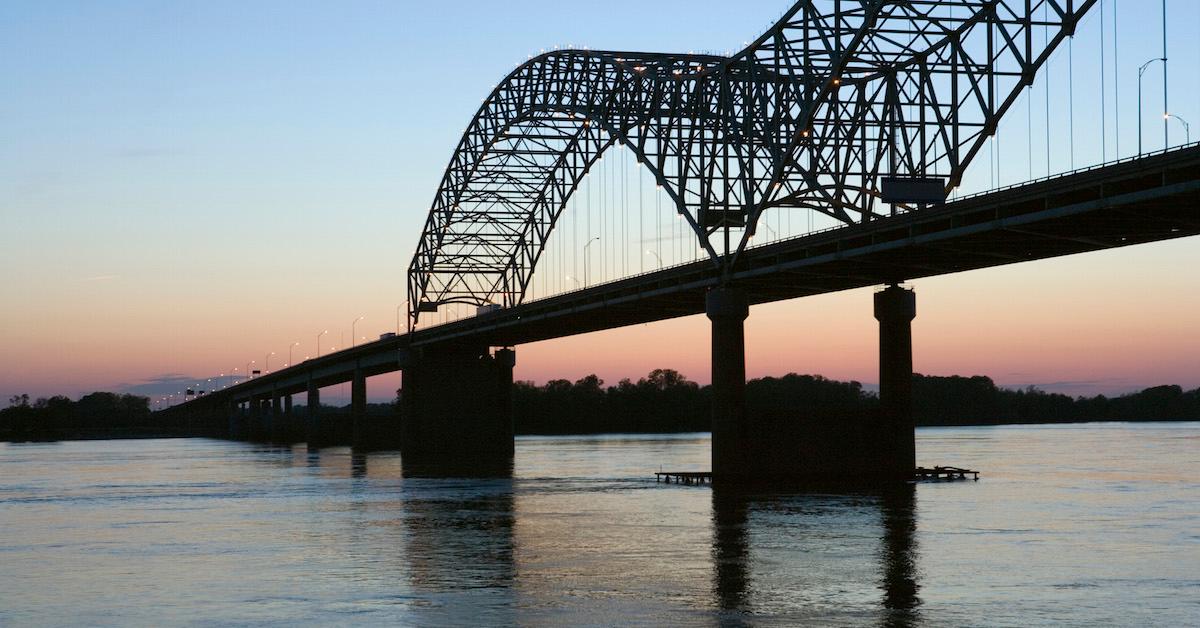
What to Know About the Now-Canceled Byhalia Connection Pipeline
Earlier this month, Mississippi residents celebrated the cancellation of the Byhalia Connection Pipeline — here's what you should know about its history.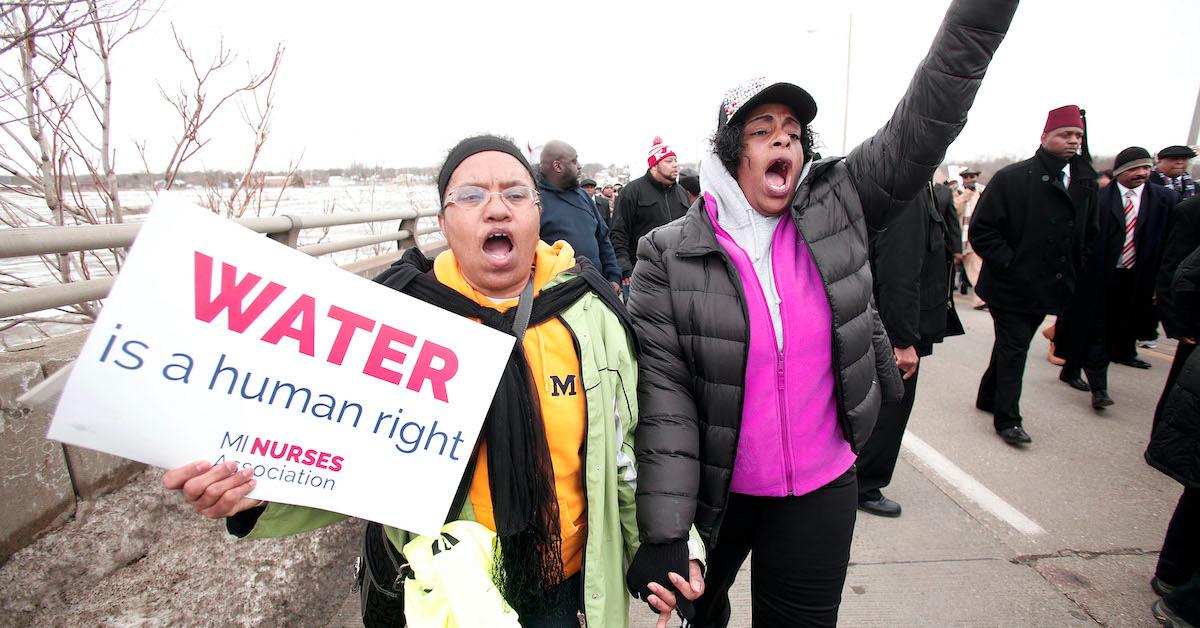
How This Grassroots Organization Is Fighting for Environmental Justice in Flint (Exclusive)
ETM Flint was founded to advance environmental justice in Flint and fight the water crisis’ lingering effects.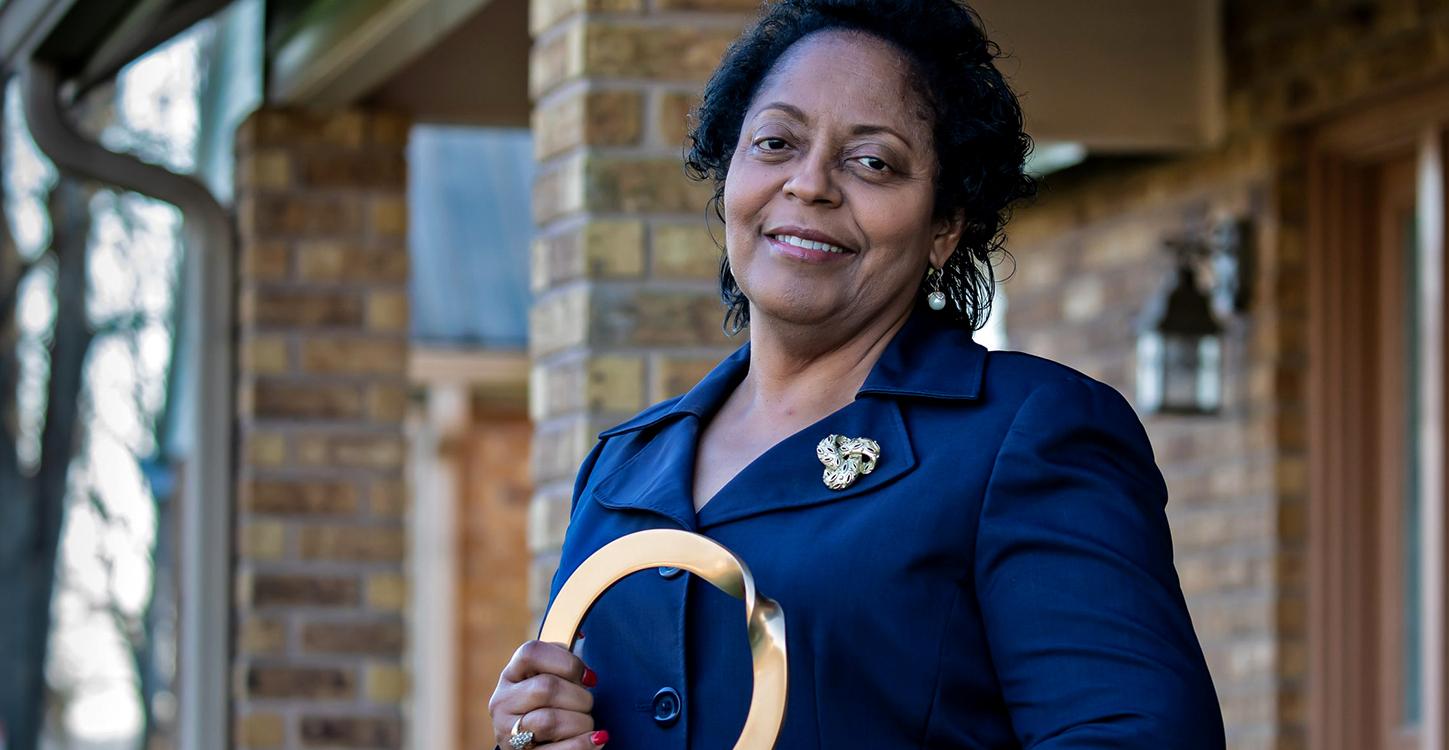
Activist Wins Environmental Prize for Preventing Toxic Plastics Plant in “Cancer Alley”
Activist Sharon Lavigne ran a ground-breaking grassroots campaign in Louisiana's Cancer Alley, to prevent the construction of a plastic plant.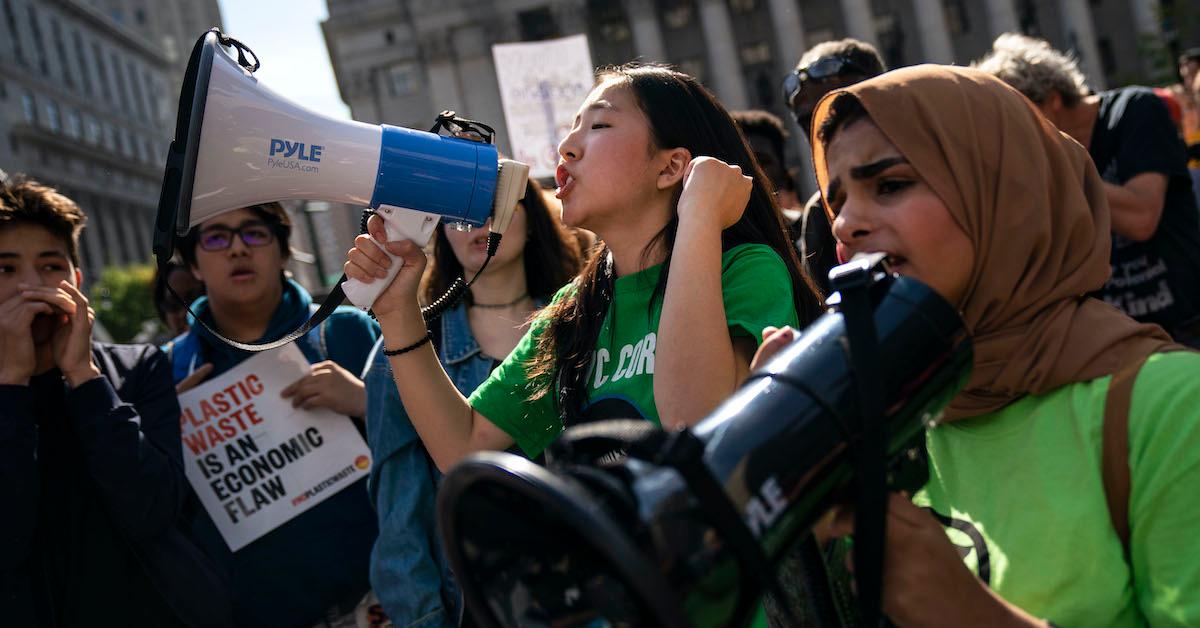
These Environmental Justice Organizations Are Fighting for People and the Planet
There are many environmental justice organizations using their resources and platforms to educate the masses on the intersections between climate and social justice.